Dear Parents,
Welcome to the Primary Studio Blog! We are excited to bring you up to date with some of the lessons and materials your children have been practicing this school year. Where to begin…
It has been a unique start to the school year, factoring in all of the adjustments in everyone’s lives during the rollercoaster of phases we have all faced with the pandemic. Many students missed at least a month of school last semester, and we have all had to take precautions in some form or another, making tough decisions for our own families. All things considered, you can imagine that we have had some catching up to do in the classroom, but we hope you recognize that we are happy to be there for everyone during this pandemic. Ms. Lauren and I are passionately working behind-the-scenes to prepare additional lessons that meet our current student needs, ensuring that all students are getting the best education that we can provide.
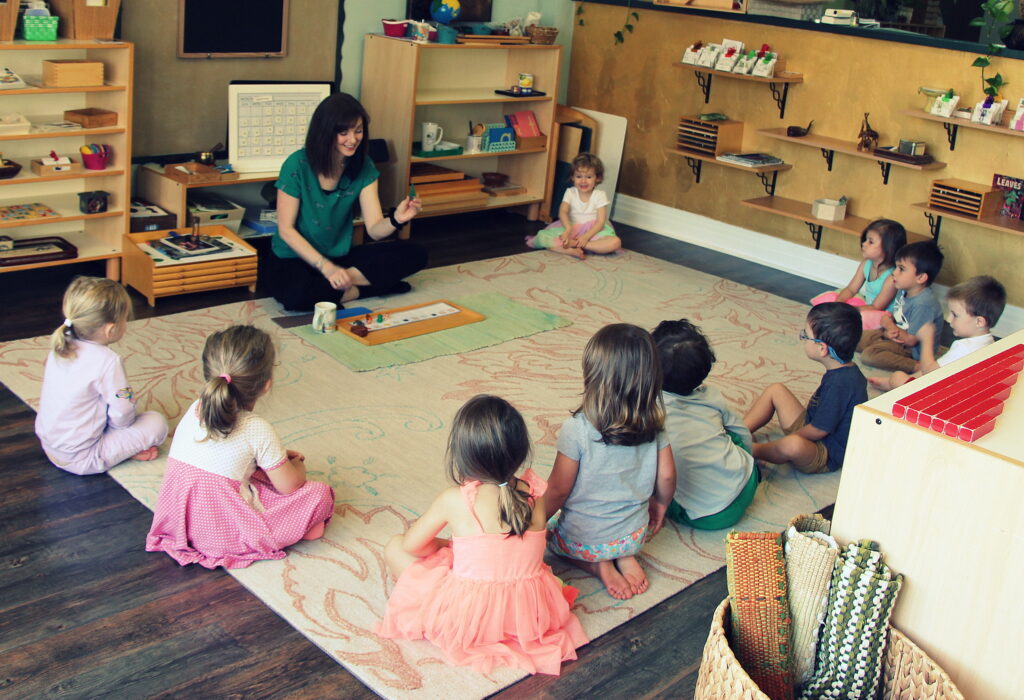
First thing’s first: fulfilling the immediate needs of our students. As mentioned in the first email update, we observed a strong interest in our students for exploration through the senses, especially through touch (e.g., grasping works and transferring materials with the hands). After spending extra time making materials to fulfill this general need for textural sensations, there has been a calm in the classroom as children are now expanding their horizons, taking interest in handling more intricate and delicate material to manipulate.
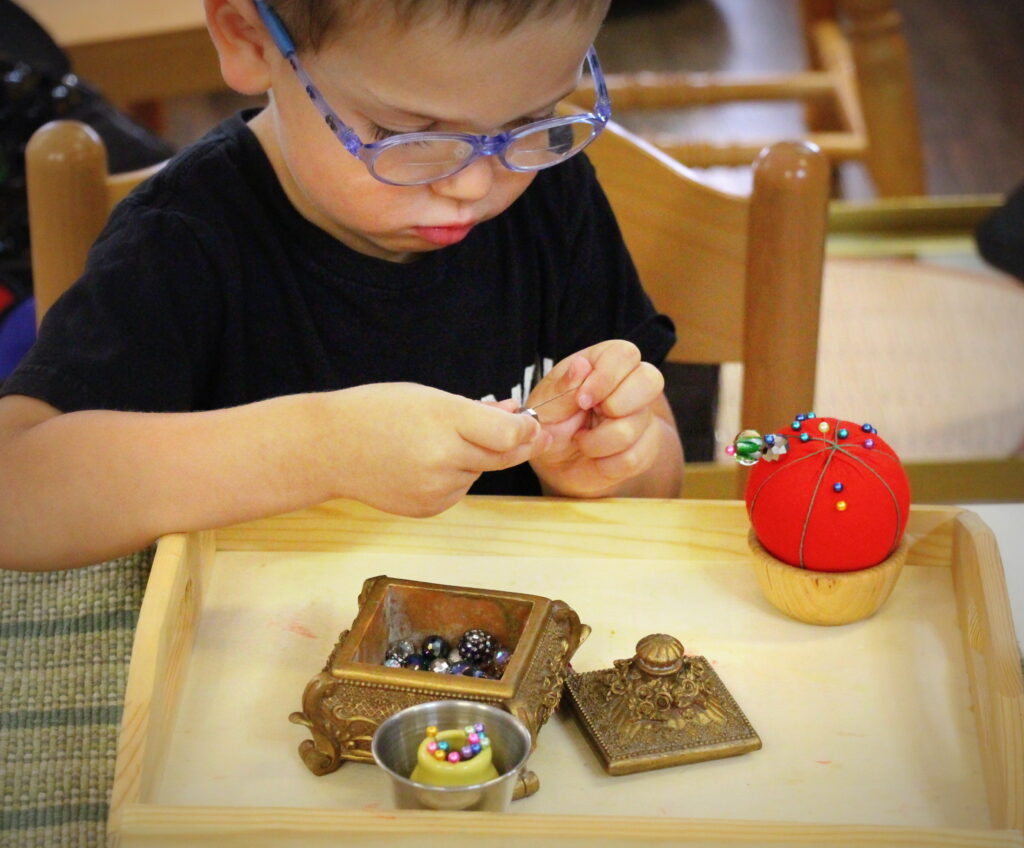
Getting everyone up to speed. After covering the basics (including a review of any pre-requisites needed for our classroom after a long summer break), everyone is in practice with following our guidelines to navigating the studio, and we are challenging all of our students to learn and grow in new directions. Everyone has benefited from the reviews, along with practicing materials where they left off, and of course, exploring the senses. Factoring in all of the changes that have effected everyone’s lives in some way such as parks and museums that have been closed, events being cancelled, lack of social outings, and families being on different schedules due to the adjustments we have all had to make, we have observed a slight lack of structure in the way the student body first entered our classroom this semester. However, the interest and desire for order was always there as our students have shown great interest in handling our materials with care, and we have been giving presentations specifically on recognizing a sense of order and finding structure in our studio once again. Such uncertain times have effected everyone’s routine in some way, but now that everyone is on track with a consistent and structured schedule at school, we are now seeing all of our students pick up quickly on finding order and purpose in their work.

Montessori approaches to finding order. Looking back to the Indigo Pre-preprimary Studio (ages 1.5 through 2.5) , one of the first lessons of order is the use of table mats and floor rugs for children to define their personal space and “keep their environment safe,” so that no one is stumbling over materials scattered all over the floor. Within this rectangle of a surface, children feel a sense of safety and comfort to explore, knowing that a classroom “ground rule” protects them from others grabbing or knocking over their materials. Students can focus independently without disruption. Near the end of the school year, many students begin to pick up on organizing materials on their rugs and mats, such as sorting color tablets, lining up objects, matching imagery, and grading geometric solids. Upon entering the Primary Studio, we begin teaching more complex lessons in different subject areas, and the expectation of order becomes more and more necessary to manipulate our materials.

This school year was unique as we mentioned the immediate need to “dive deep” into materials, so we were not seeing much activity in finding order in the works right off the bat. Our students were simply happy to make piles of objects, swim in the materials with their hands, and enjoy the sensations of textures. Even though they weren’t exactly organizing materials as usual, we found educational ways to bring lessons and purpose into those works through description words, discovery, and manipulation. Sure enough, children are beginning to make their own order of these materials as they study the details. Such discovery works will continue to be offered on any shelf in our studio throughout the school year as an outlet for exploration, self-regulation, and creativity.

As these sensorial needs were being met during early work cycles, we continued to teach about order through daily lessons in various subject areas. The reviews have set in for our older students as we see them arranging materials during the work cycles and our new students have been picking up quickly.

We are firm on teaching about order in our works so that children are using the materials in a safe and constructive way for learning. As most of you know, we do not offer typical daycare toys – in fact, we don’t consider the materials toys at all, rather, they are “tools to learn from.” Many of our practical life activities include tiny parts, sharp objects, and materials that could potentially be dangerous when handled carelessly. When used appropriately, the materials offer structure, opportunities for self-correction, problem solving, creative thinking, new vocabulary, lessons on categorizing and grouping, refinement in the fine-motors, and other countless opportunities for growth.

One of the early Montessori lessons of order includes lining up materials such as imagery cards and geometric solids on the top edge of our rugs from left to right (an indirect language lesson to help children begin to naturally read from left to right). As a way to get back into the swing of organizing this semester, we have come up with some new strategies such as using control boards as a guide to lining materials up in order. Montessori teachers are trained to create and improvise on the spot, and we have spent extra hours to come up with new ideas and works to benefit all of our students. Our older students have also enjoyed the new elements such as control boards as we offer additional extensions for them to work on when utilizing the materials. The Montessori Method is all about offering materials that grow with the child, so we are always thinking ahead to the next lesson that a child can learn from a material in which they are already familiar.

Finding order in puzzles. Puzzles of any sort are one of the best gifts you can ever give a child, and we encourage you all to continue to invest in some puzzles at home for your child to stay in practice. Puzzles can teach children to focus for long periods of time as they develop hand-eye coordination, attention to detail, shape recognition, and fine motor skills. In a Montessori classroom, we offer a variety of puzzles for different subject areas, and we also teach children strategies to solving puzzles that might be considered complex for their age group. Some of our oldest students are capable of putting together 50 count jig-saw puzzles or higher, and needless to say, they have practiced countless early Montessori lessons on sorting through puzzle pieces in various ways.
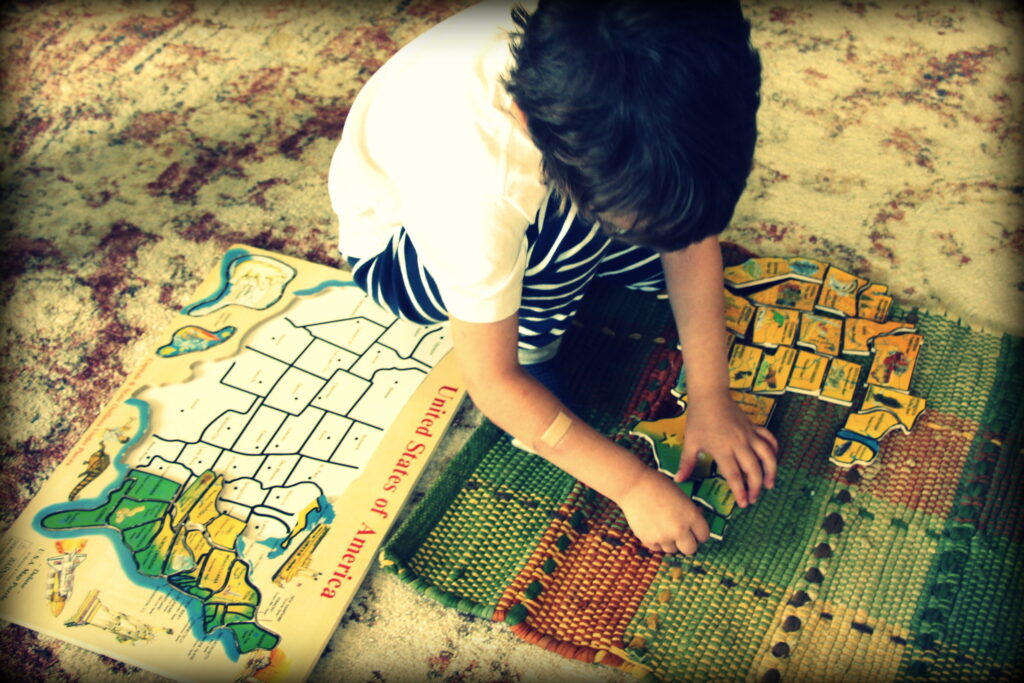
First, we teach students that each puzzle piece has a special place. We often begin with small wooden puzzles found in our zoology or botany area, removing one piece at a time, instead of dumping the pieces all over. During lessons, we trace our fingers around each shape, offering vocabulary terms for children to consider such as round, curvy, sharp, flat, and so on. We carefully carry each puzzle piece from the puzzle frame, placing it next to the frame to rebuild it on our rug. We have observed that very young children are far more interested and capable of building puzzles independently when putting care into each movement. The young child who “dumps” the puzzle typically gets frustrated and does not finish the puzzle, because they were never taught to notice the details. There is an appreciation and practice in patience when a child begins to care about the details. Our students who have practiced these techniques over and over again are more than capable of working from a pile of dumped puzzle pieces, but they are quick to organize them and sort through the pieces by matching colors, designs, and shapes.

Introducing jig-saw puzzles. When we first introduce jig-saw puzzles, we use a control board such as a larger puzzle frame than that of the finished product. Children learn to sort all of the edges by matching the flat end to the frame, and all of our curvy (inside) pieces in the center of the frame. They are learning to pay attention to detail, for example, looking for sky pieces to place at the top edges of the frame and ground pieces for the lower part of the frame from a landscape puzzle. Once sorted, they learn to slide the pieces closer to each other along the edges of the frames to take a closer look at the details, followed by matching and building the puzzle. Every time a puzzle is solved in our studio, a child triumphantly announces their accomplishment to a nearby peer or teacher. Our students very proud of their ability to independently solve a puzzle with care and control!
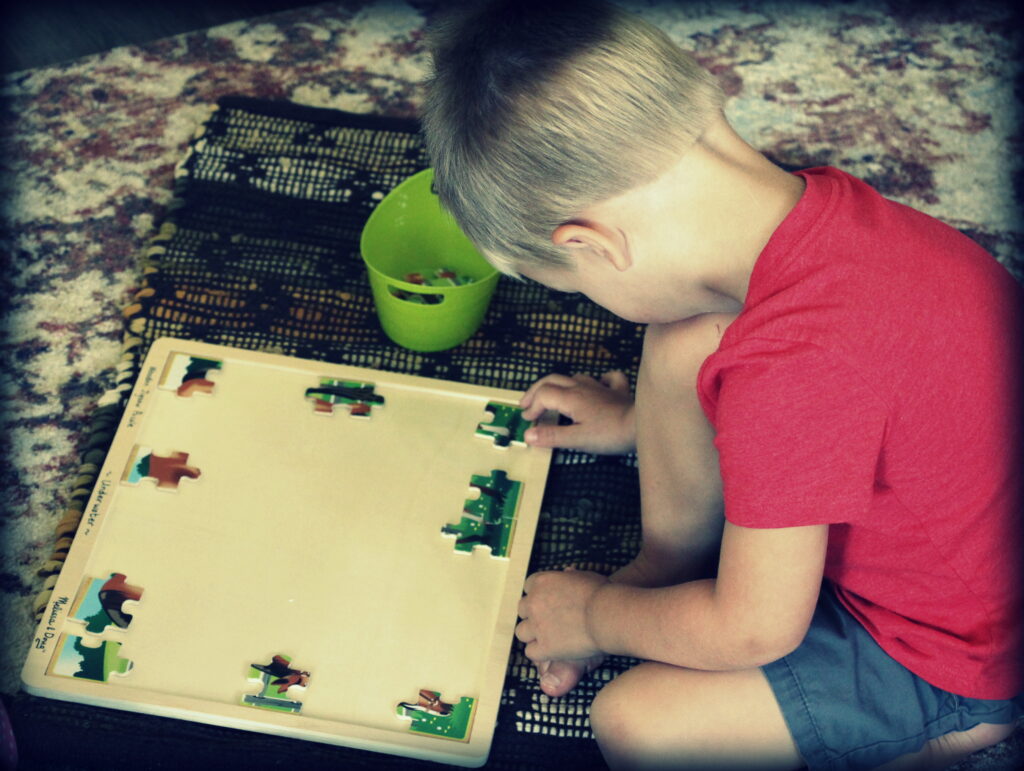
Language Lessons
Vocabulary for socializing. We have daily lessons to expand each child’s vocabulary so that they are better understood and heard on a number of levels. We give lessons through role play, storytelling, and even PowerPoint presentations with stock photography to talk about a number of scenarios where we can “use our words,” while considering our tone and body language. We show imagery of various children showing different emotions as they work through conflicts, preparing our students for miscommunications and other issues that naturally arise as children learn to navigate through their social lives.

Your children are daily practicing new phrases or sentences that help them to better communicate with each other. For example, we introduced the gentle phrase “maybe later” for a student to use when they prefer to work alone after being asked by a peer to join them, instead of responding with the old “please, walk away,” a term that was more appropriate in the Pre-Primary Studio as children were especially learning not to touch other’s materials. “Please walk away” now sounds harsh to our student’s ears as they become more sensitive to the meaning of language, and “maybe later” offers hope as peers look forward to social interactions. Now that our students are building more vocabulary and empathy, they are learning to expand on these words by truly considering the feelings of their peers. For example, an older student might say, “when I am finished with this work, I can come find you and we can work together,” or “I need to finish this work for myself right now, but I’m happy to check in with you later,” and so on. Your children are learning daily lessons on grace and courtesy for every event that typically happens in our school day and we hope that you will begin to hear some of their new words, phrases, and sentences as the practice becomes natural to use throughout the day.

Beginning letter sounds. Montessori children generally learn to read much earlier than children in a traditional school setting, mainly because we start young, the pressure isn’t on, and we take it one step at a time. Your children are hearing about “beginning letter sounds” on a weekly basis during group lessons. Whether they choose to work on language material or not, naturally, they will be drawn to this material as they make their rounds in the classroom. By taking it one step at a time, children are not pressured to learn too many components of each letter at once. For example, a child entering a traditional kindergarten might struggle to remember the sounds of “Y” and “W,” because they learned both the name of the letter and the phonics at the same time – and the names and phonetics sound nothing alike! In a Montessori Primary classroom, we have an early head start with time to simply begin with the most common letter sound ( – not the name of the letter just yet). That way, young children can begin word building by simply recognizing the phonetics. Note that we focus on introducing lowercase letters first, since the majority of letters that a child will begin to notice in their books are lowercase letters within a sentence. Once children learn the most common letter sounds of most of the alphabet, we then introduce 3 lettered nouns to demonstrate word building next to an image, such as cat, dog, sun, mat, and pin. Gradually we advance into phonic elements such as digraphs (e.g., sh, th, fr) and dipthongs (e.g., oy, ow, oo) as we see children catching on.

When introducing letter sounds, we break the alphabet down into groupings, choosing letters that sound very different from one another, so that we can note and differentiate the breath, vibrations, and actions of the mouth and vocals when projecting the letter sound. The first grouping we introduced and reviewed this school year is: s, m, a, t. The next grouping is c, r, i, p, and we have just introduced “p” in that group. For students who are learning to color, trace or draw, hopefully you have been noticing some of my language activity pages sent home that I have customized just for our classroom. When you get a chance, go over some of the letters that come up in those activity pages – you might be surprised to learn that your child is beginning to recognize the letters by the most common letter sound. All in all, children are very engaged in our language activities as everything is hands on from tracing sand paper letters to story-telling with “beginning sounds objects.”

Speaking of language and activity pages, art and language often go hand-in-hand in our studio, and many of our art activities are considered exercises for pre-writing. For example, the classic Montessori Metal Insets are considered a language activity for building pre-writing skills as children find control in holding a pencil while carefully handling the insets to trace shapes.
Math lessons are everywhere! While our older students are reviewing 1 – 10 materials, our younger students are learning to recognize numbers 1 through 8 at random, matching the digit and quantity. Math operations are indirectly discussed in many of our materials such as dividing even proportions in our practical life area and adding up geometric solids in our sensorial area. Soon our older students will be practicing materials in the teens and higher while younger ones expand on numbers 1 through 10. Whether or not our youngest of students have caught on to recognizing higher numbers just yet, they are often hearing about them and observing us count higher numbers during calendar lessons and other counting lessons.


Children are counting out their snacks in our self-serve snack area on a daily basis, which is one of the fastest ways they are picking up on recognizing single digits. On that note, thank you to the parents who have been asked to provide snacks thus far! We appreciate the healthy organic options, offering lots of color and variety during this intimate café style snack time.
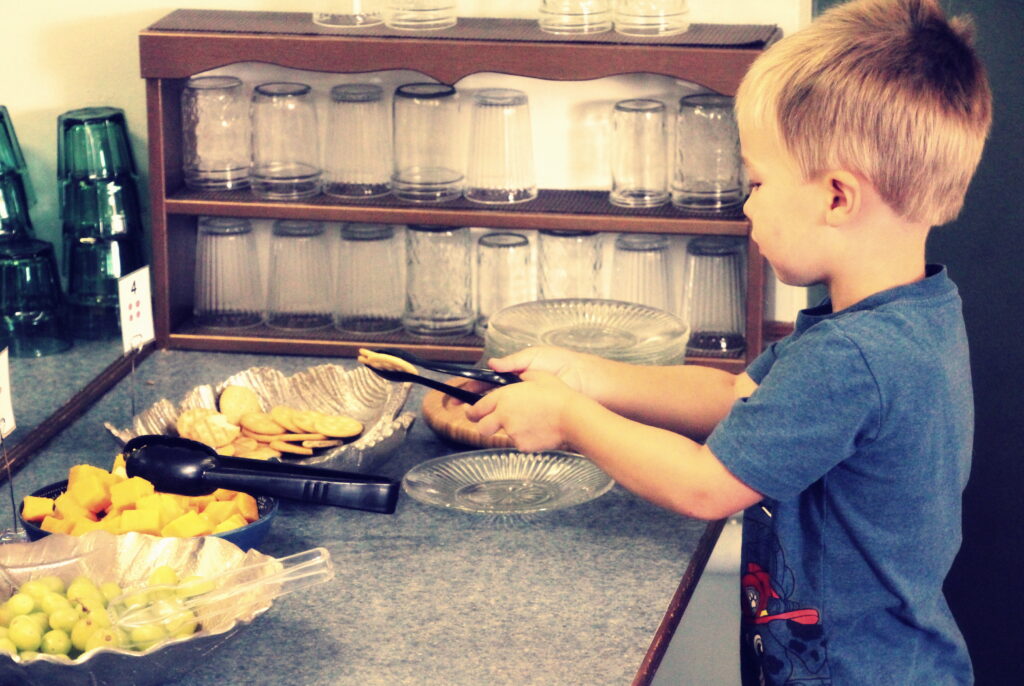
Core subject areas that we cover such as geography, science, botany, zoology, culture, music, and art all have their own sections in the classroom, and children are learning that many of these areas intermix with one another as we learn about the world around us. While I’ve gotten carried away in this post, it’s time to leave you with photos to fill in the rest of the blanks. We encourage you to find the time to discuss the images below with your child. There are so many topics that we have discussed as we love to encourage children to find purpose in their universe, and we hope that you are recognizing new knowledge and curiosities in your little ones as they expand on their vocabulary at home. Stay tuned for more specific lessons in upcoming blog posts!
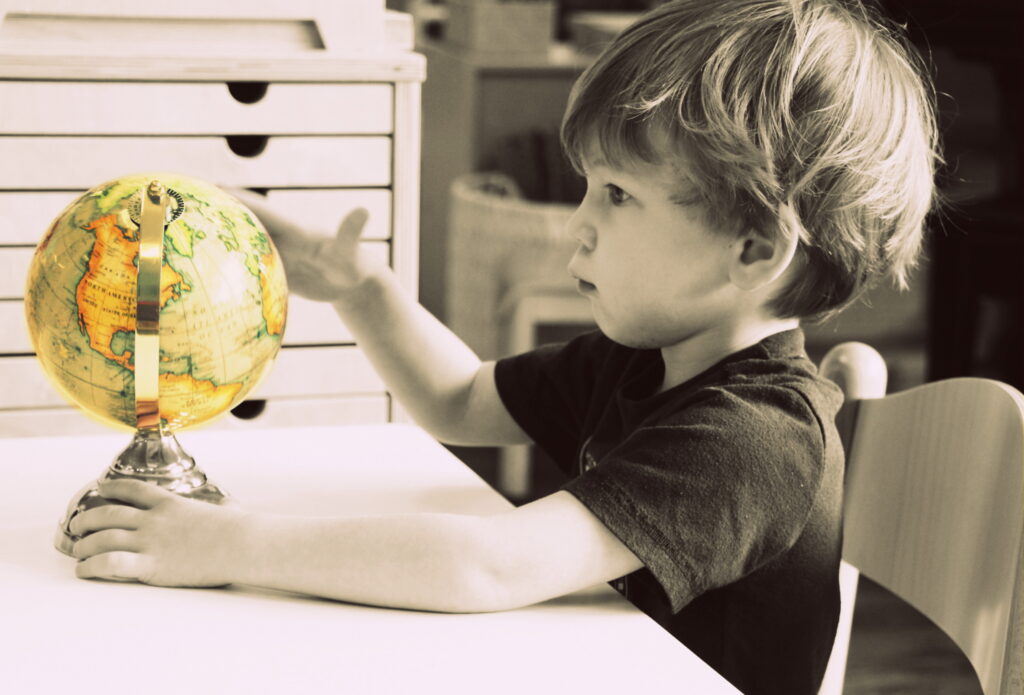
Photos of Work Cycles, Lessons & More
And now for the moment you’ve all been waiting for – photos of your sweet children growing and learning. Enjoy!





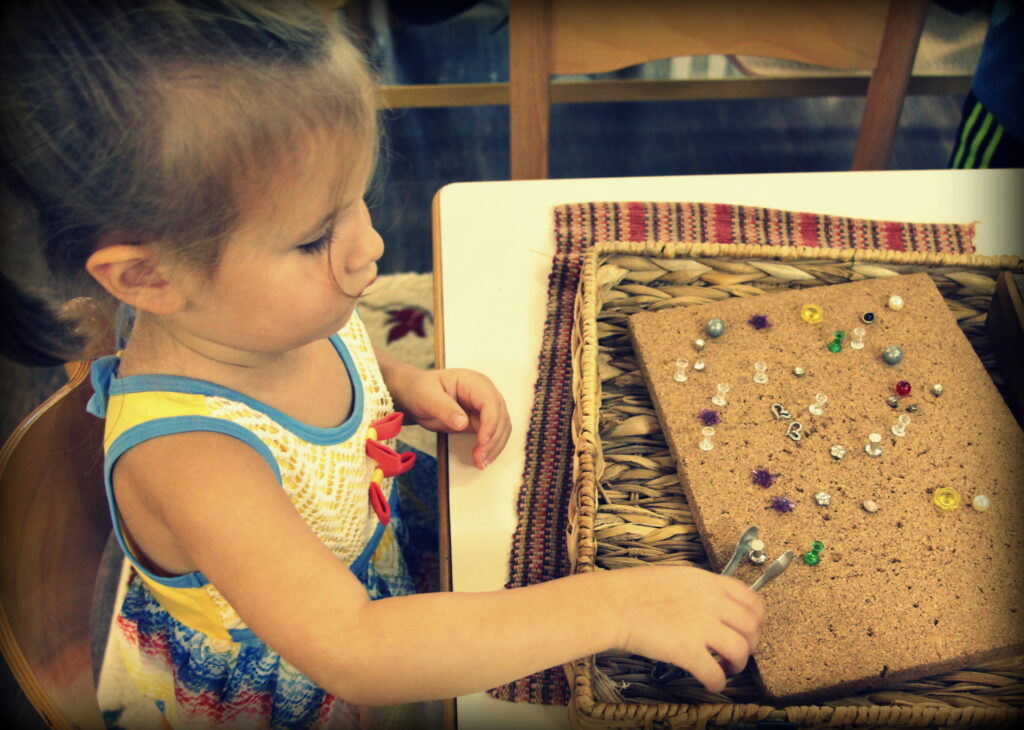





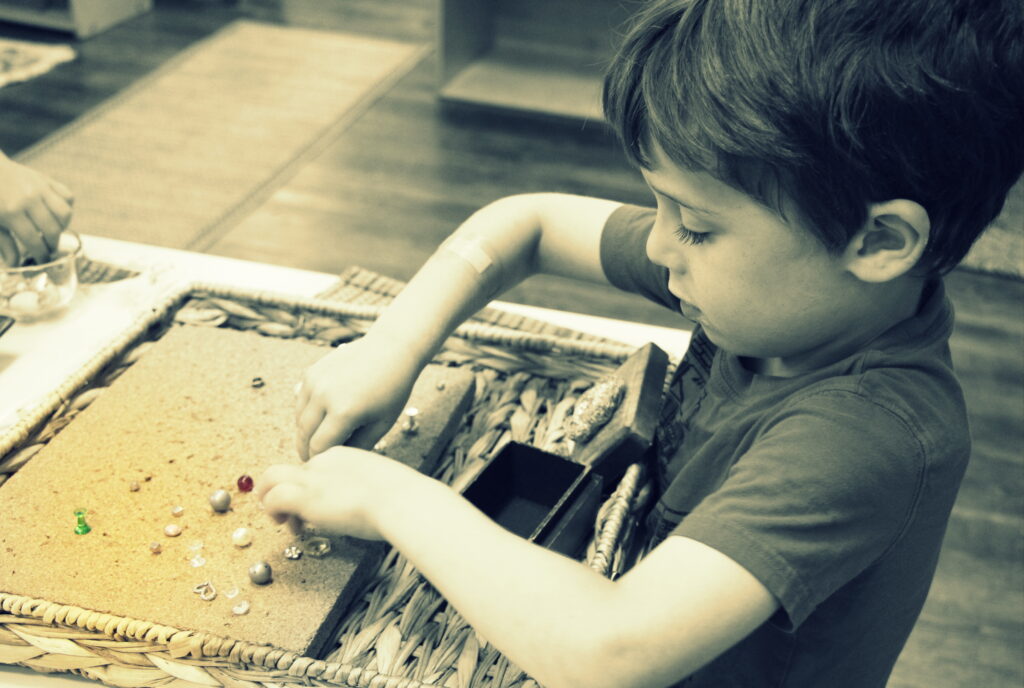




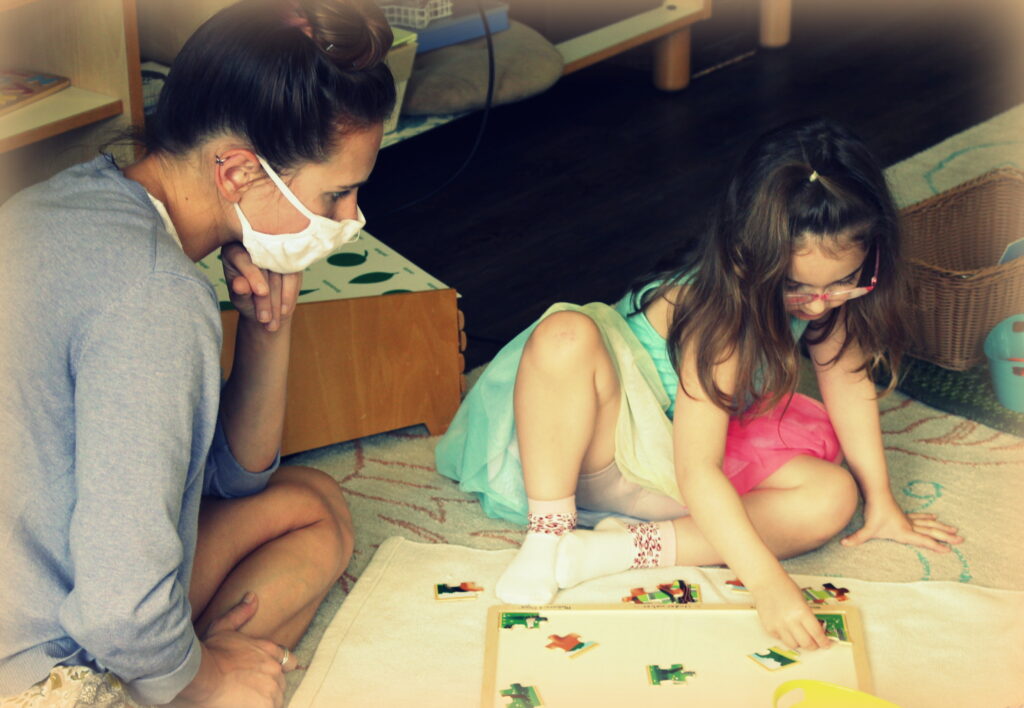
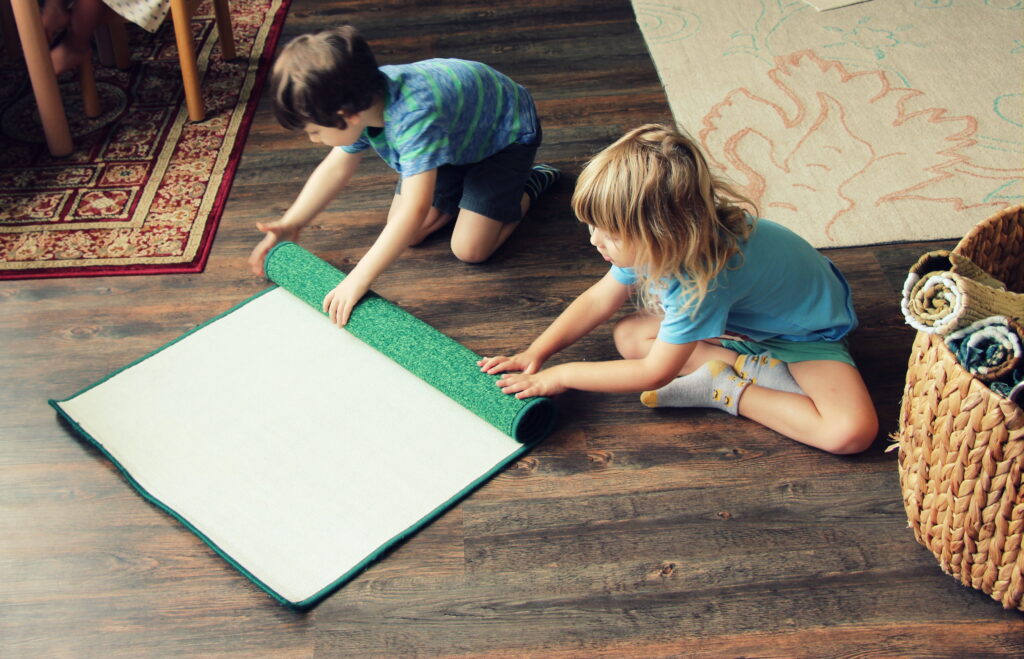



Thanks for taking the time to check in! We would love to hear from you below. Feel free to share a recent experience or comment in an area that your child enjoys. We truly appreciate the feedback as it is a way for everyone to stay connected during these extraordinary times. If you have any concerns or questions, please do reach out via email at any point. Your child has a special place with us, and we hope you feel good about choosing Indigo!




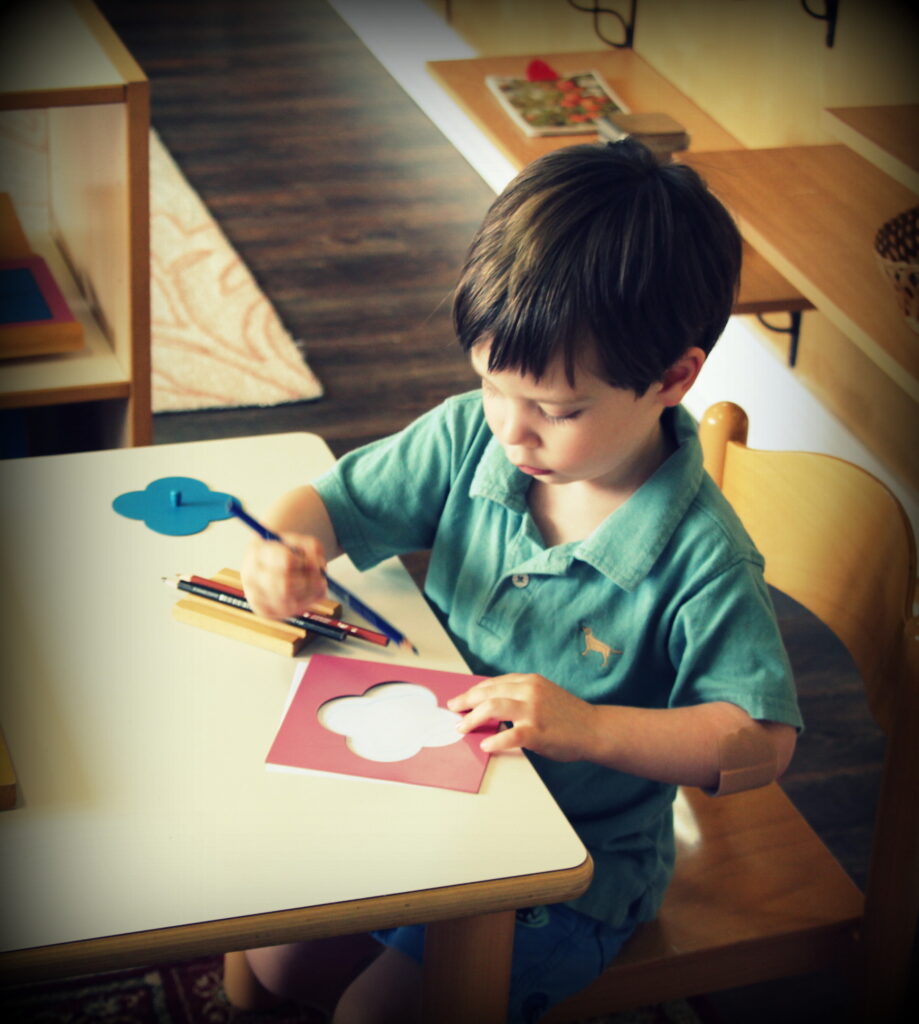
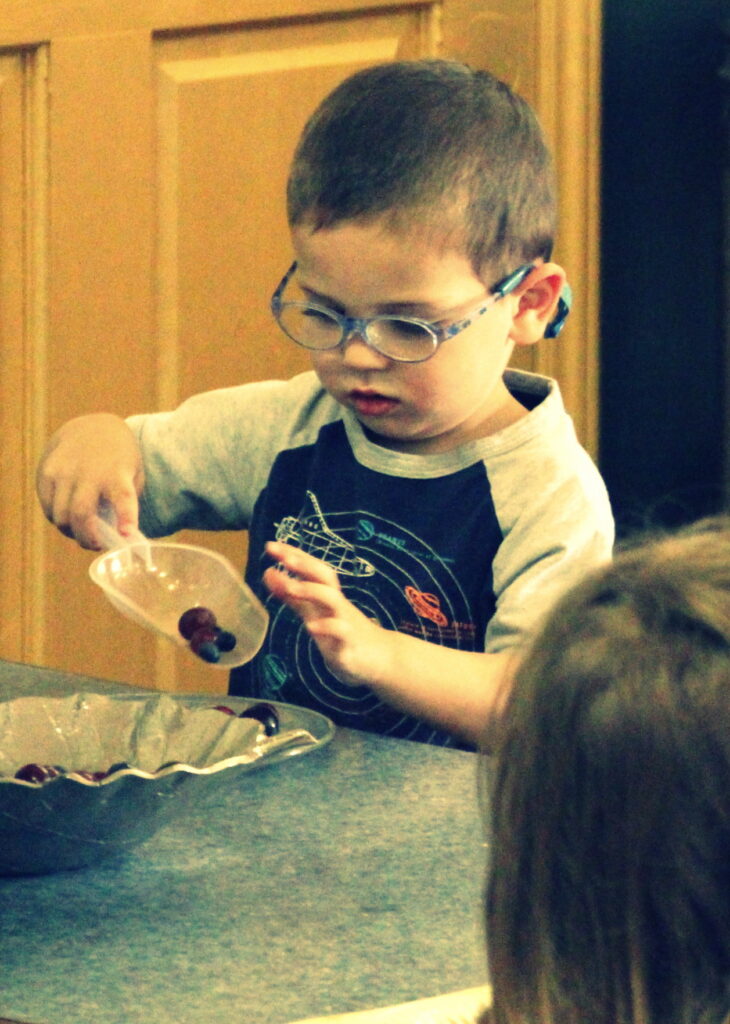
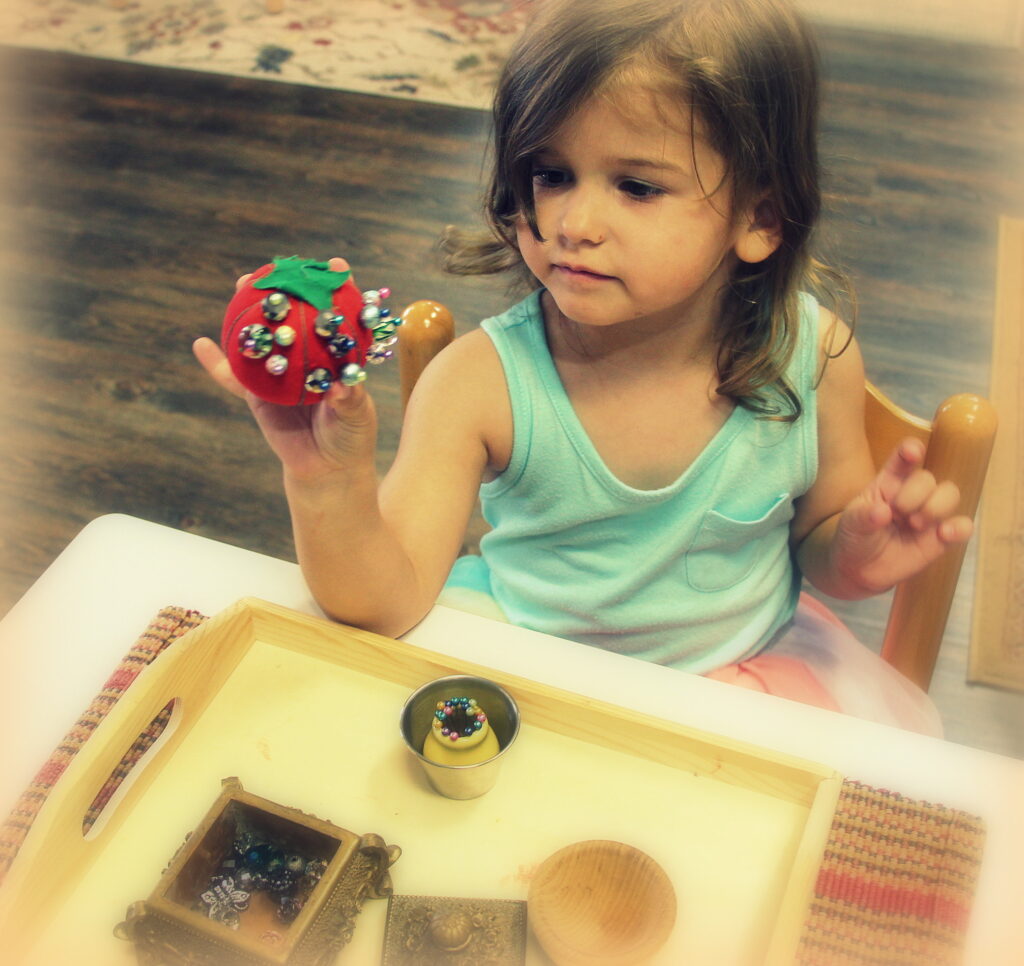


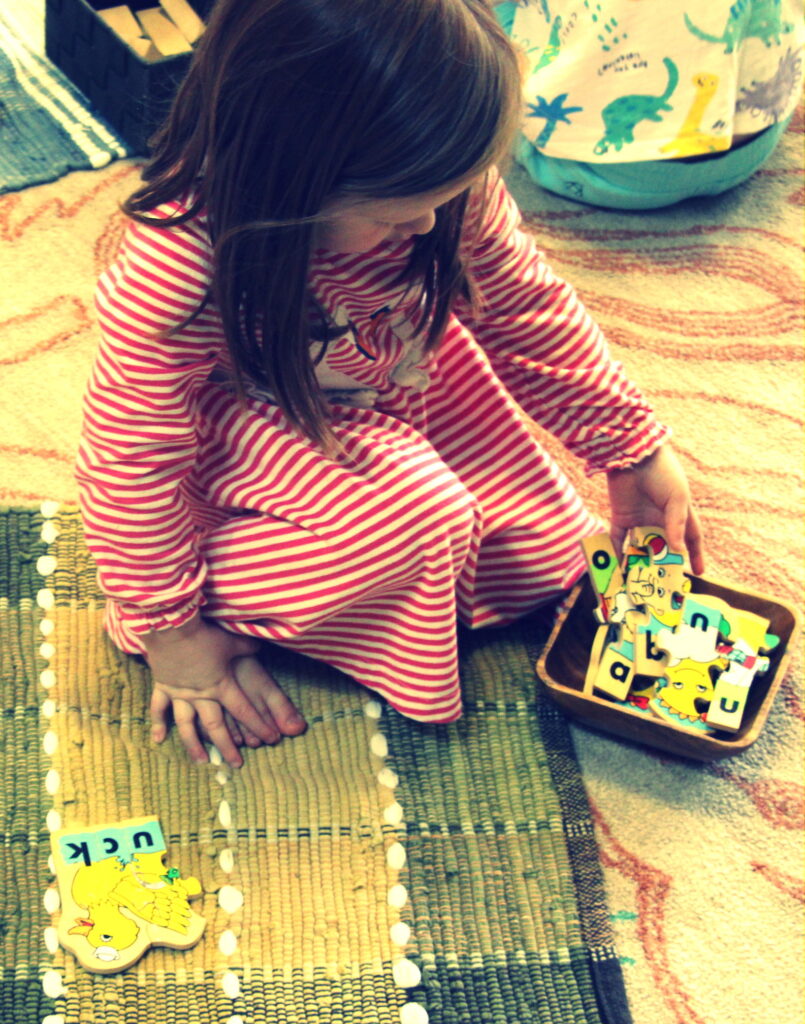




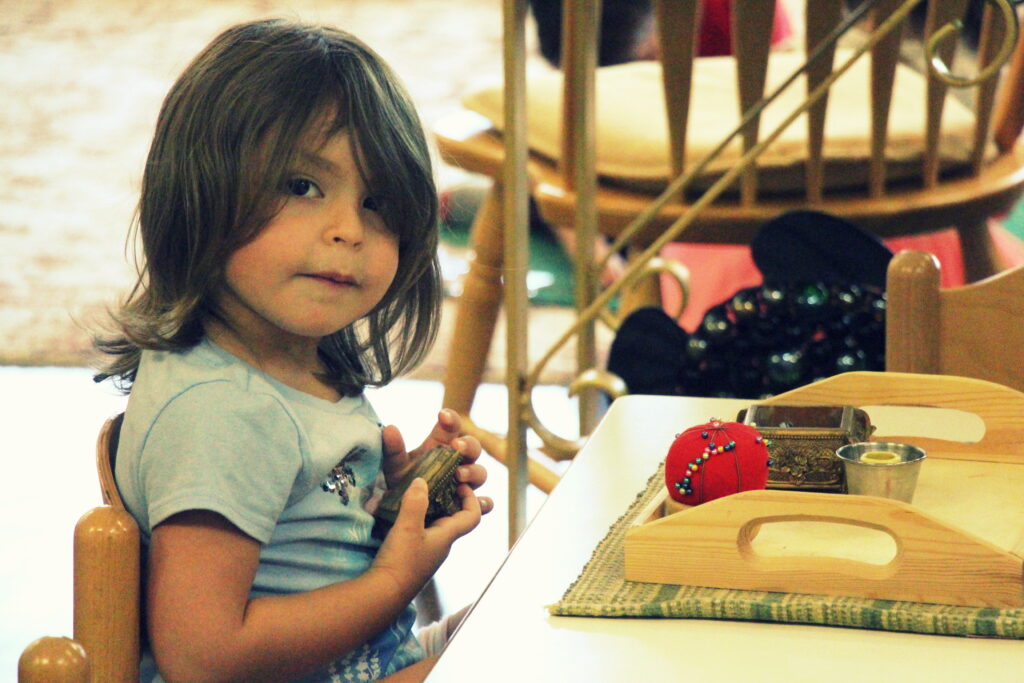



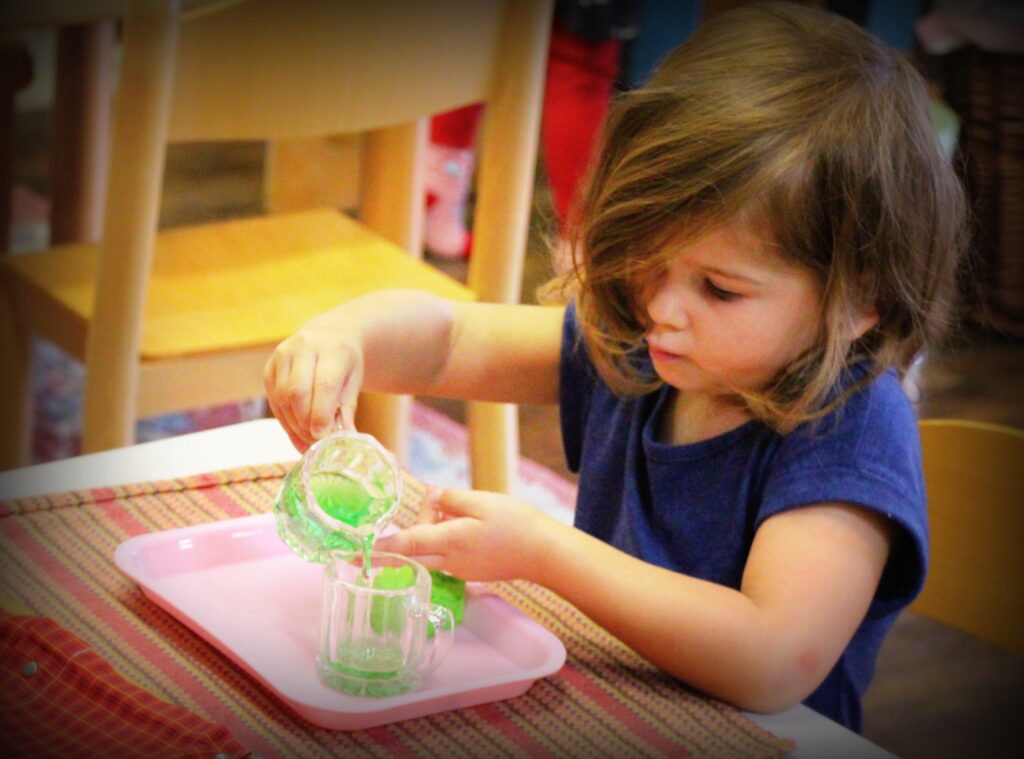


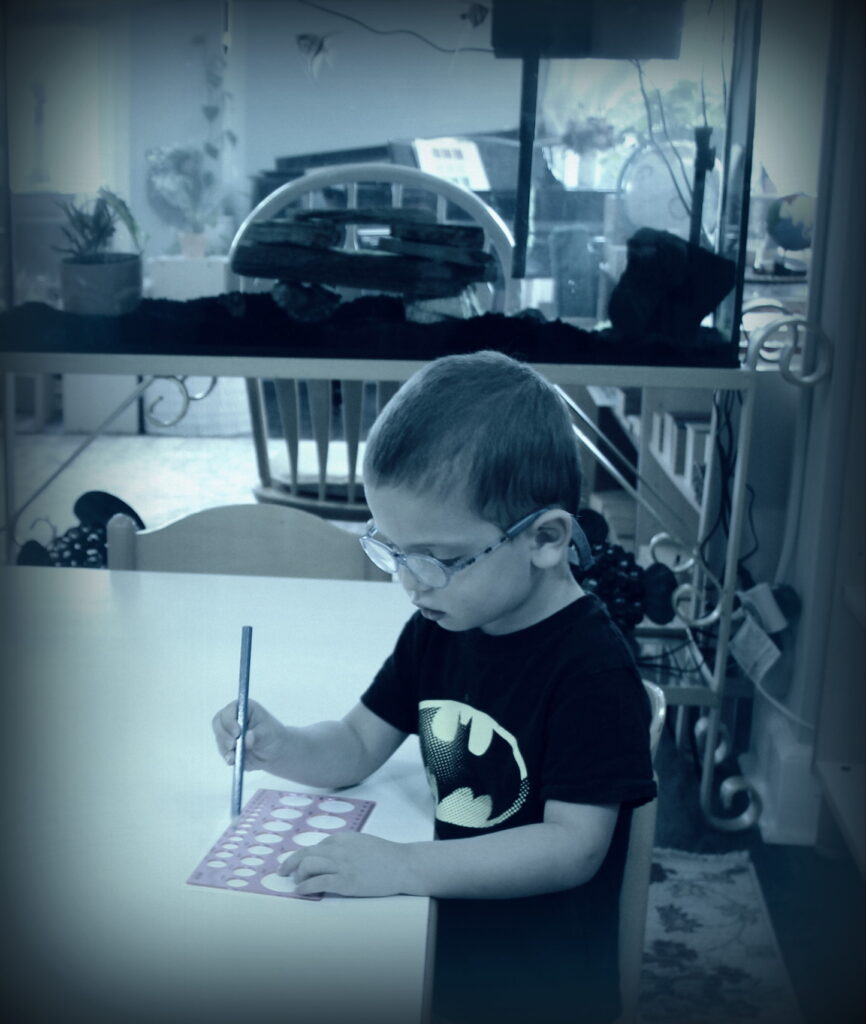








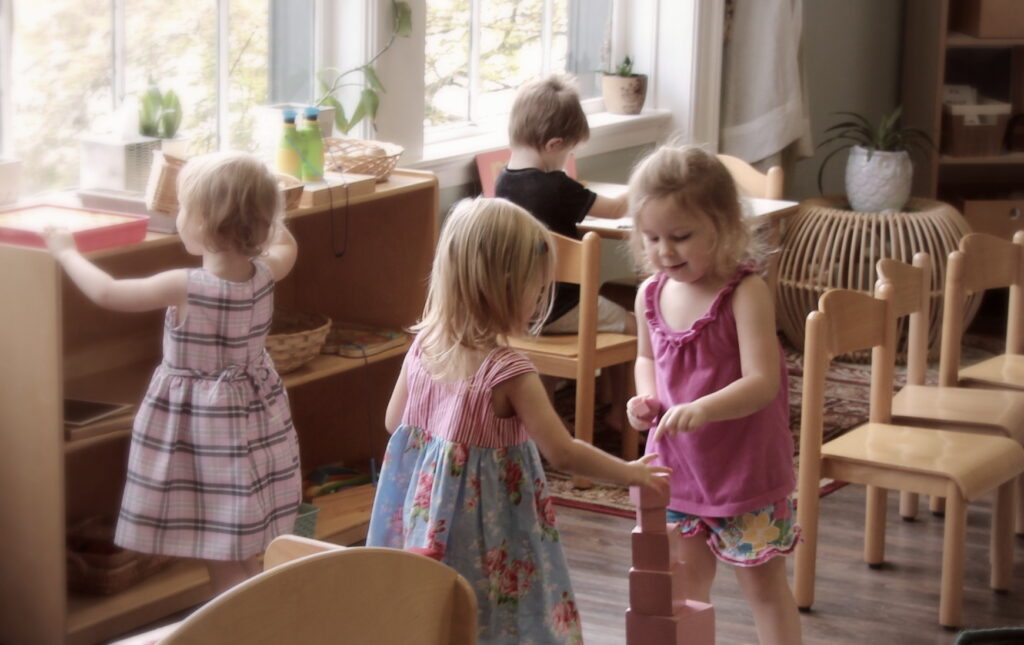
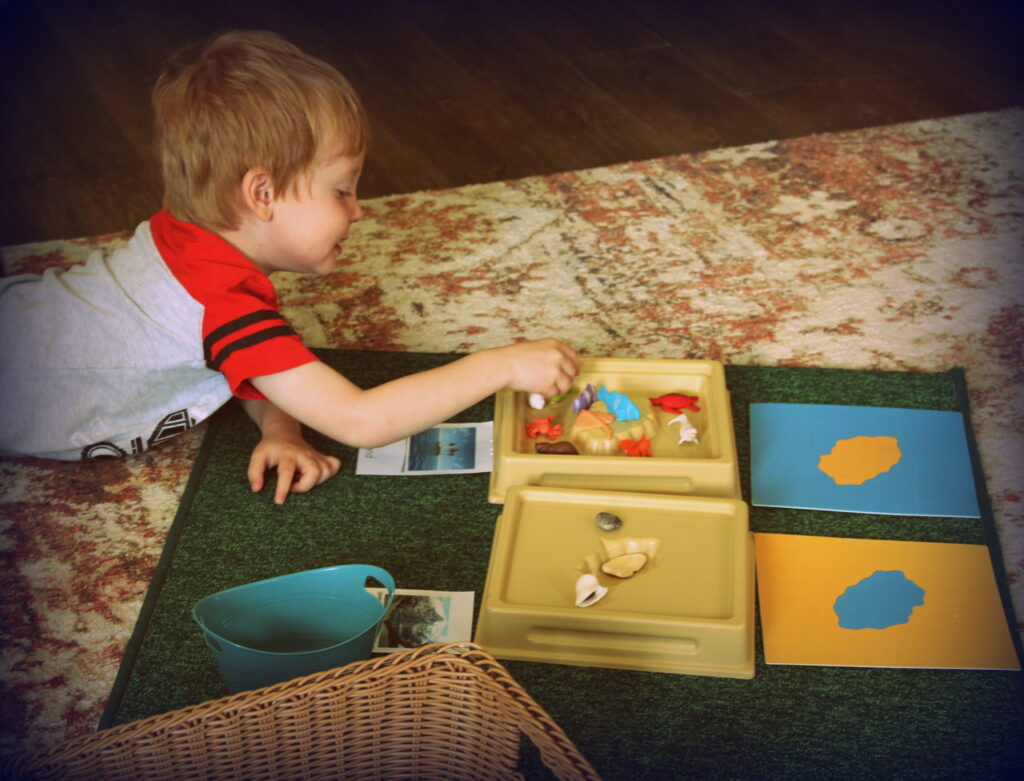

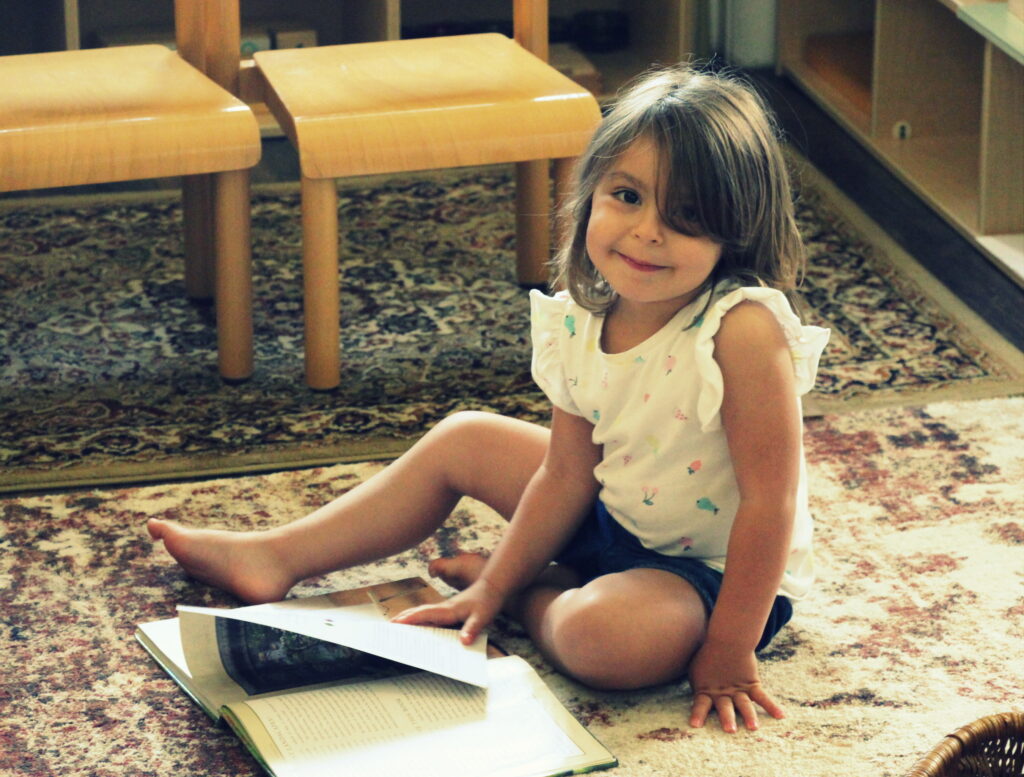





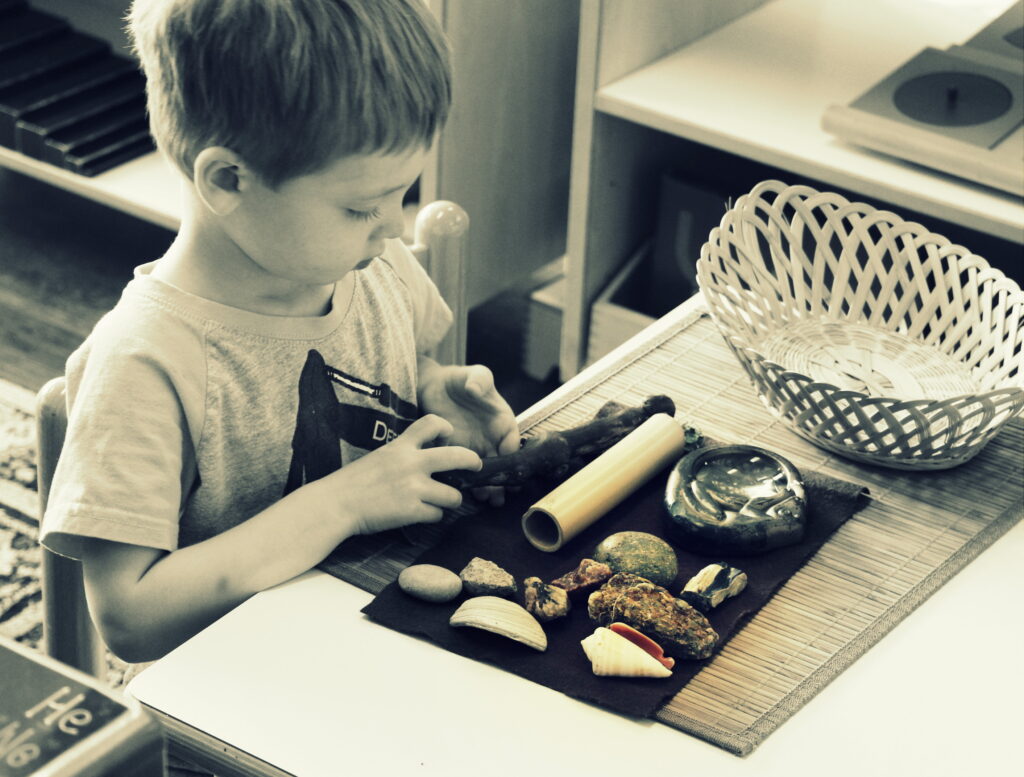


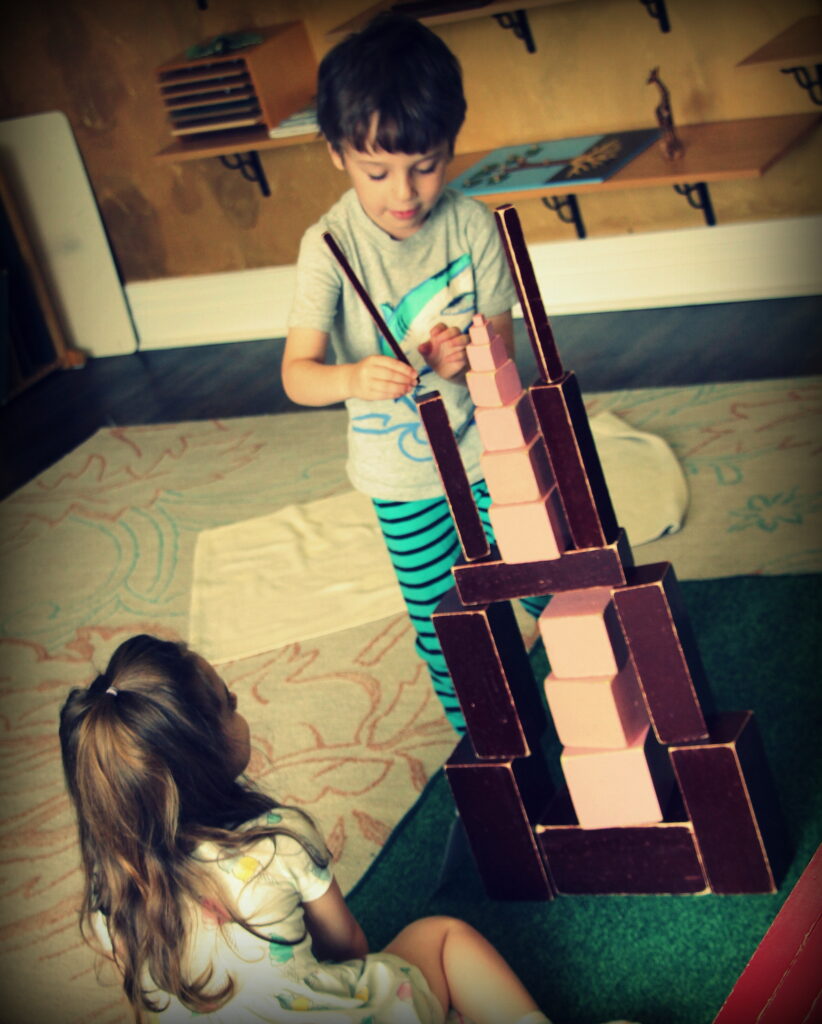


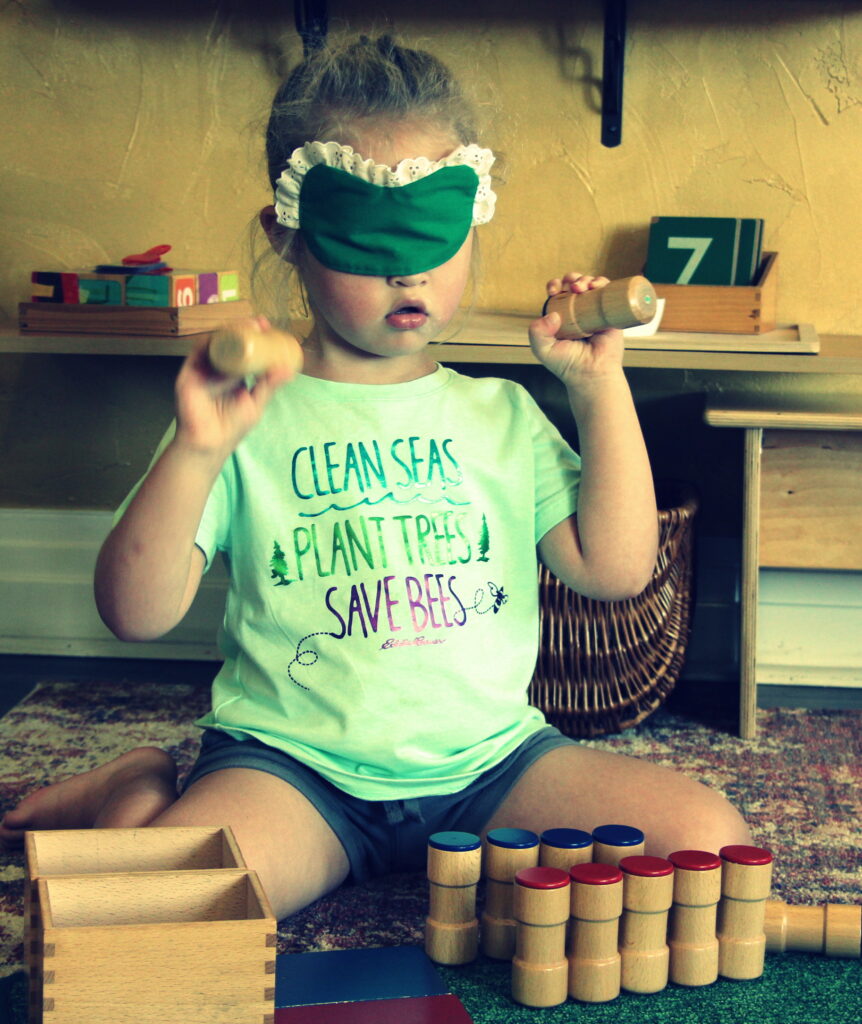
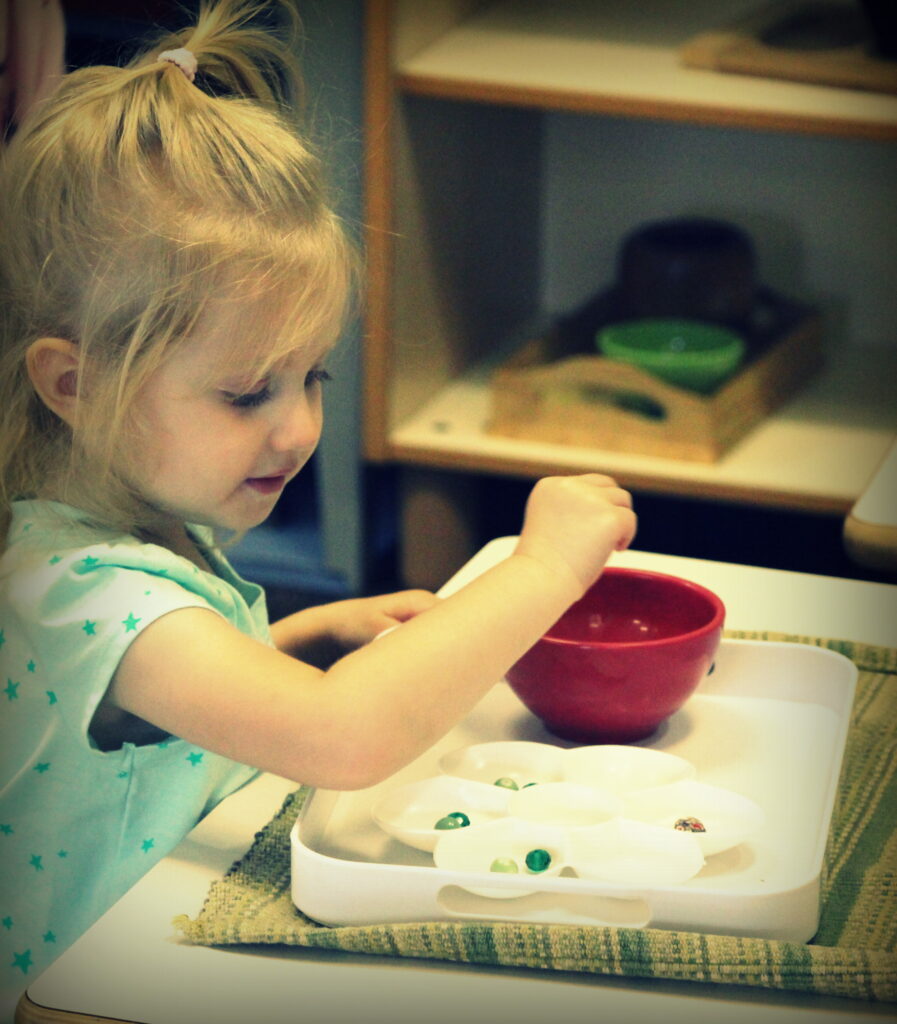

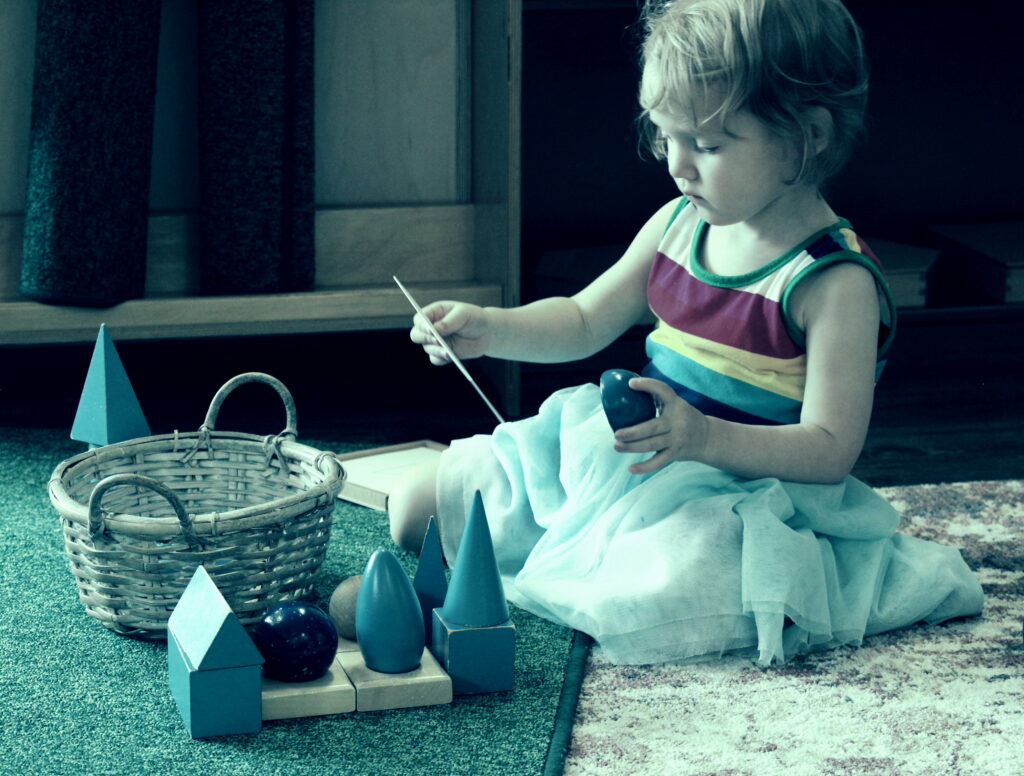


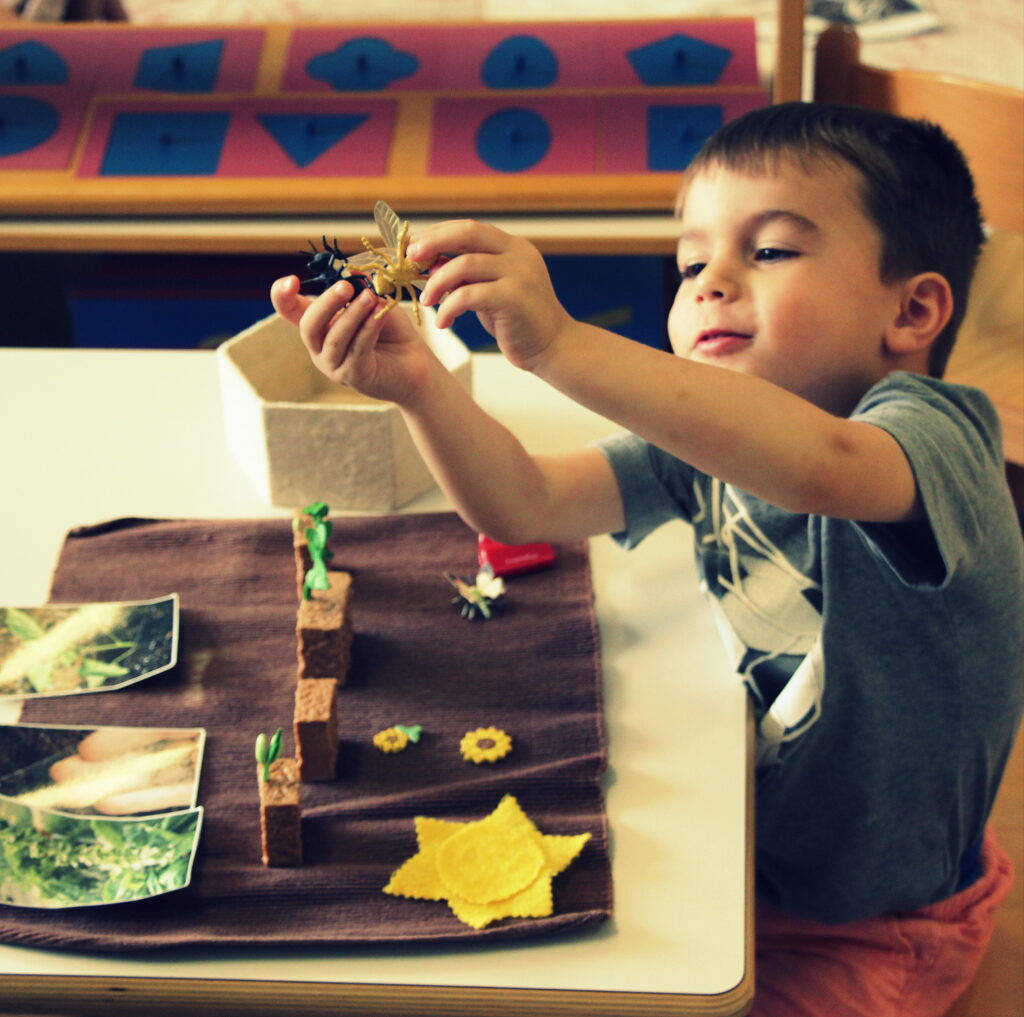
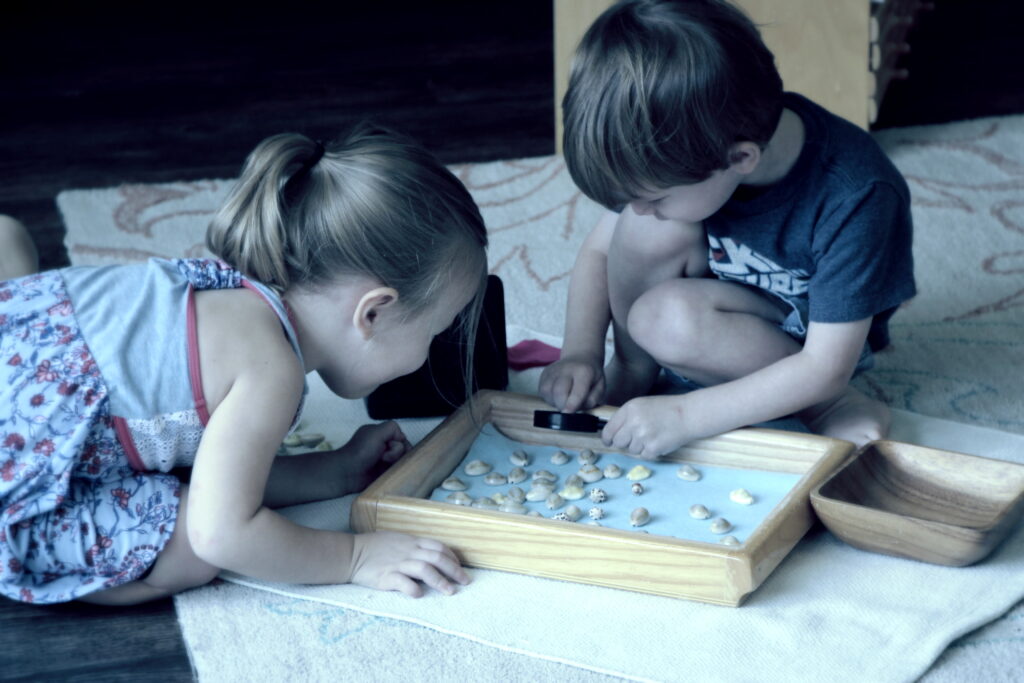




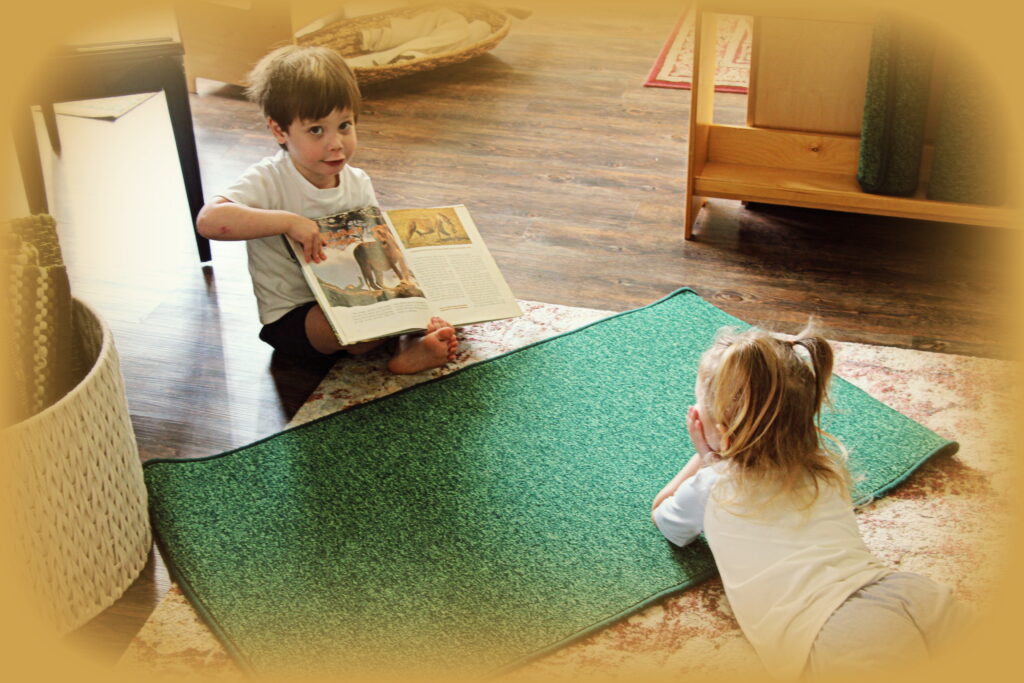

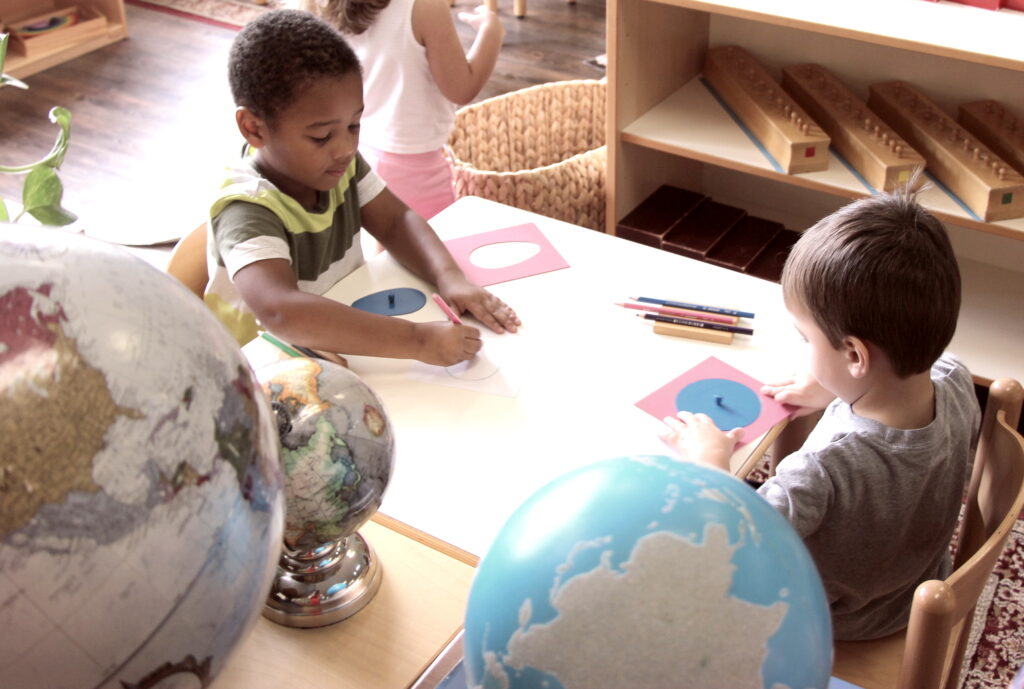
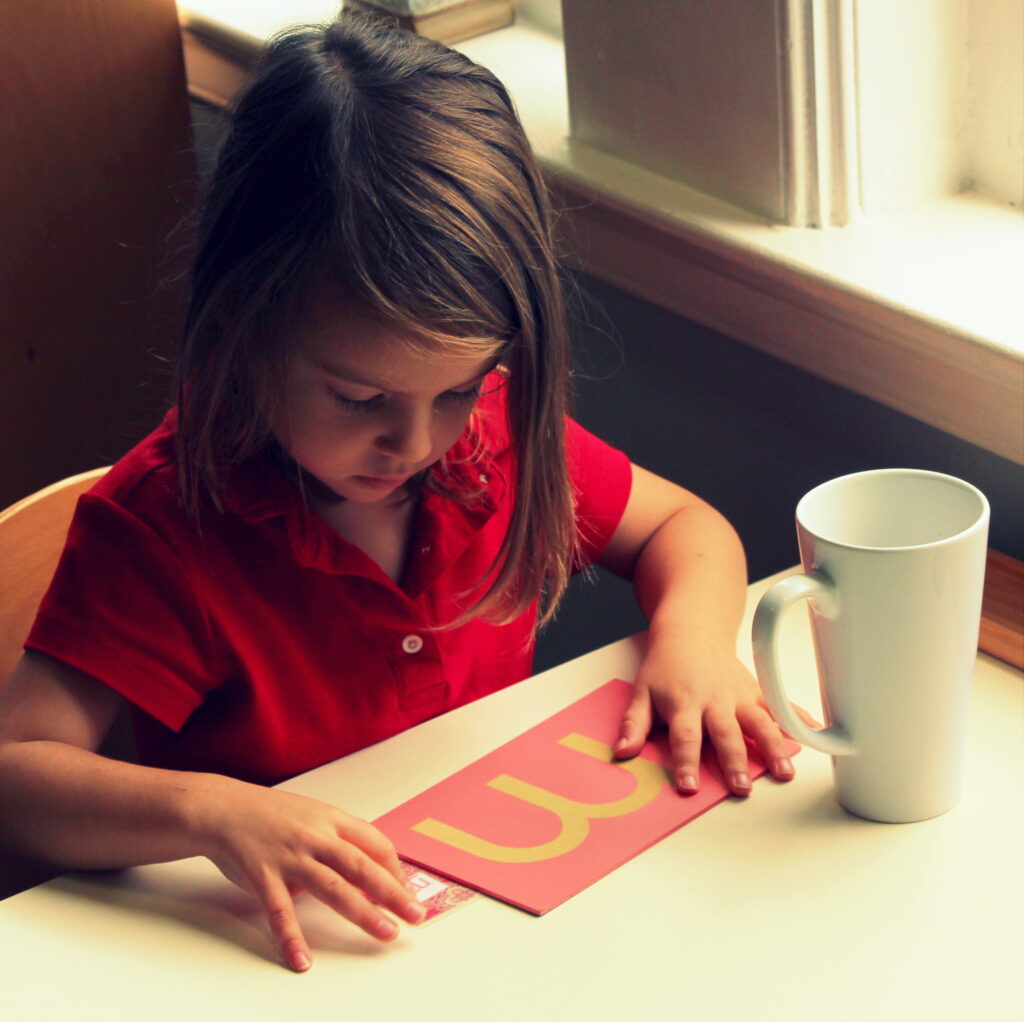



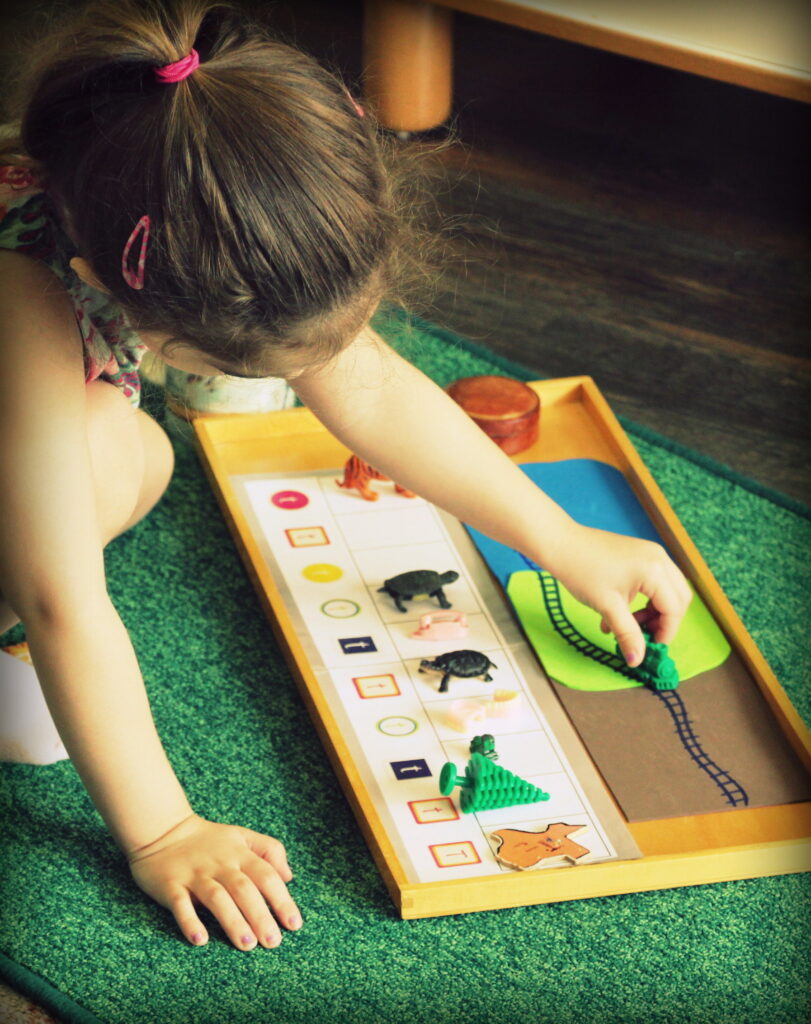



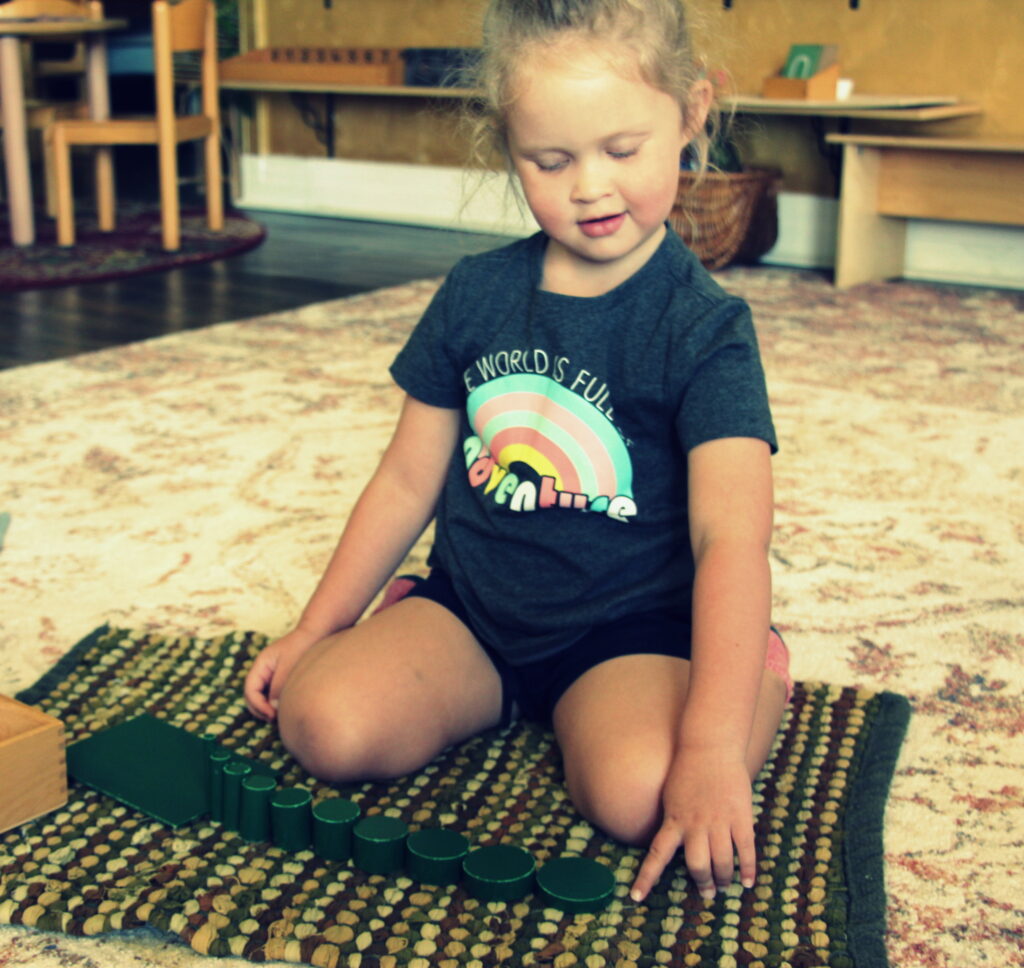

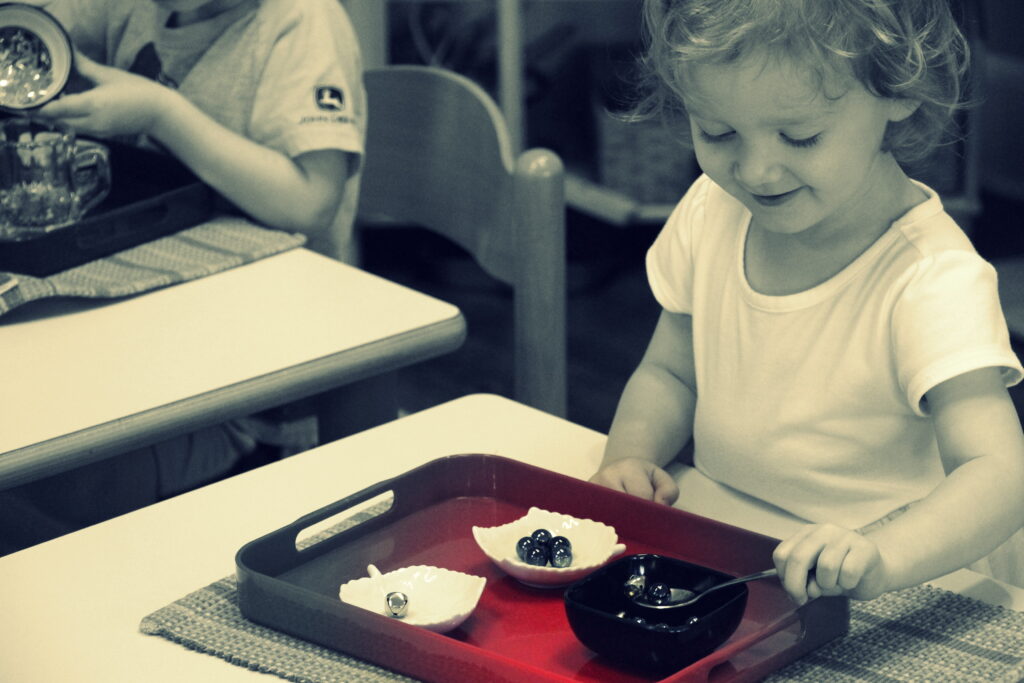

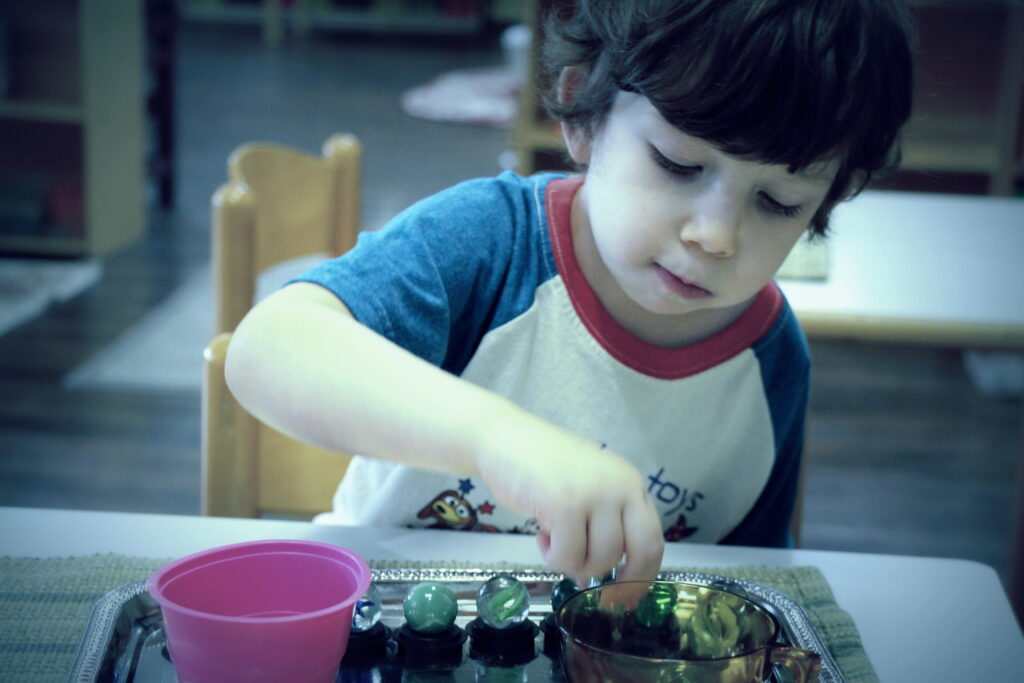
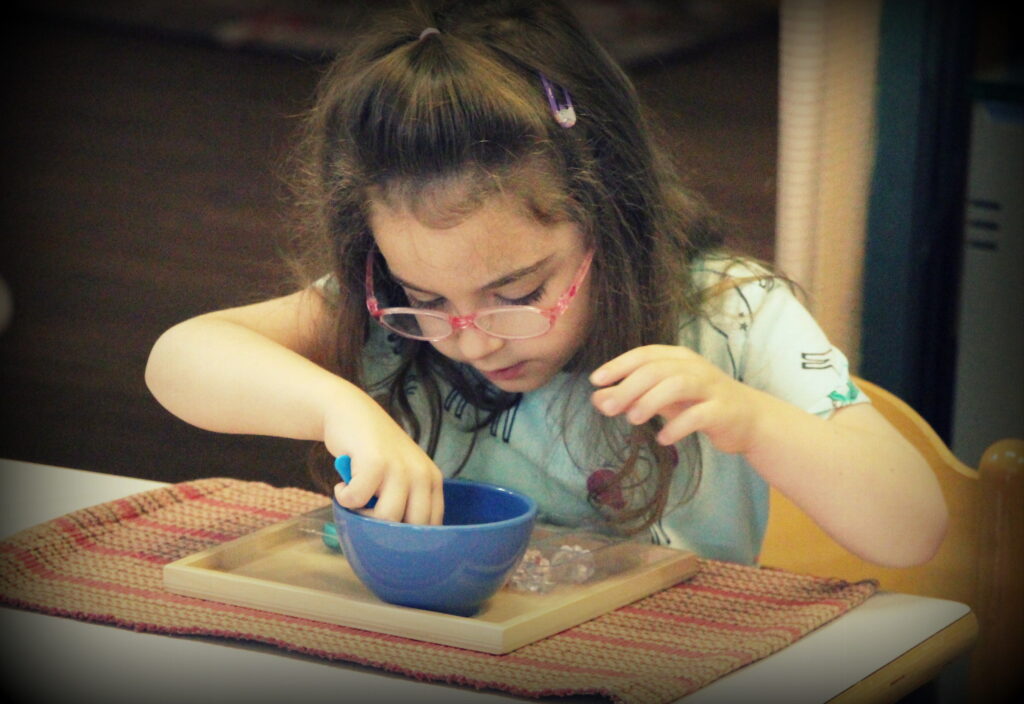


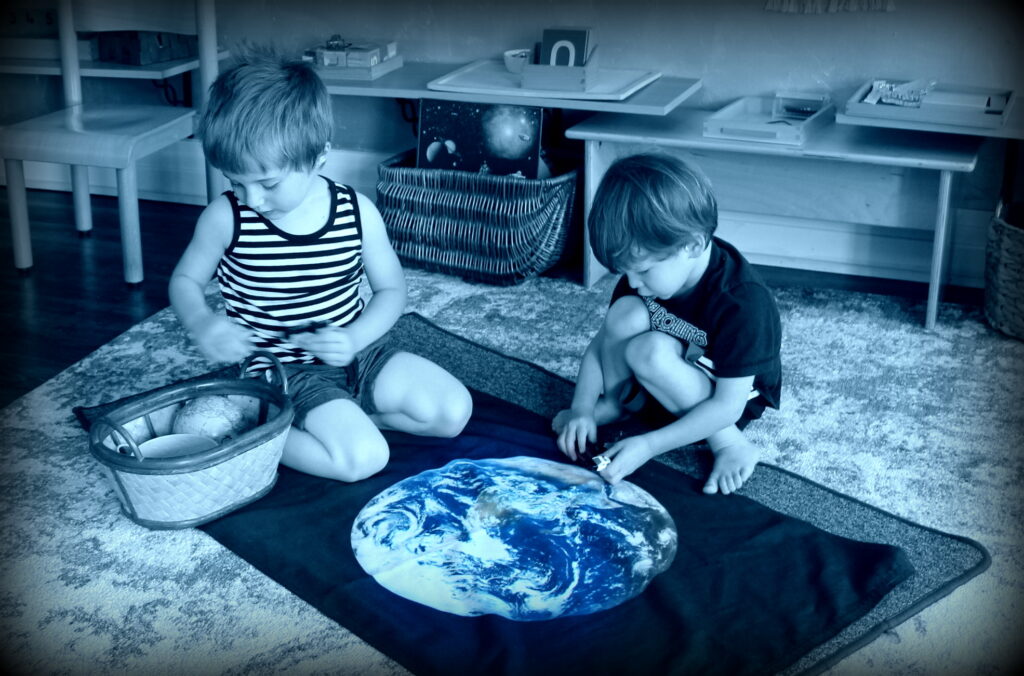





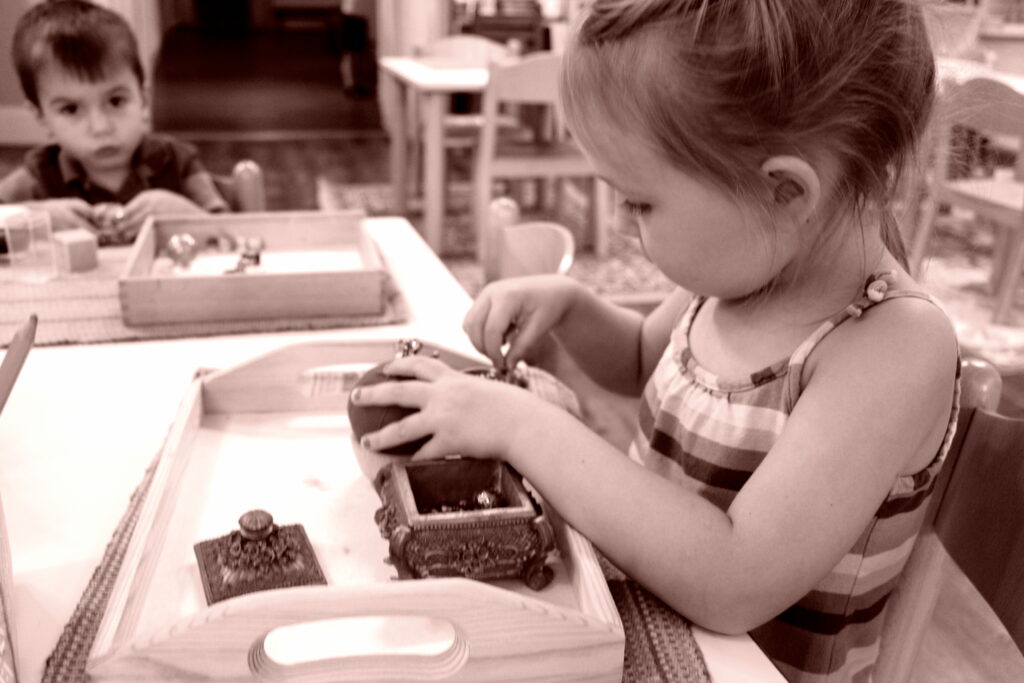



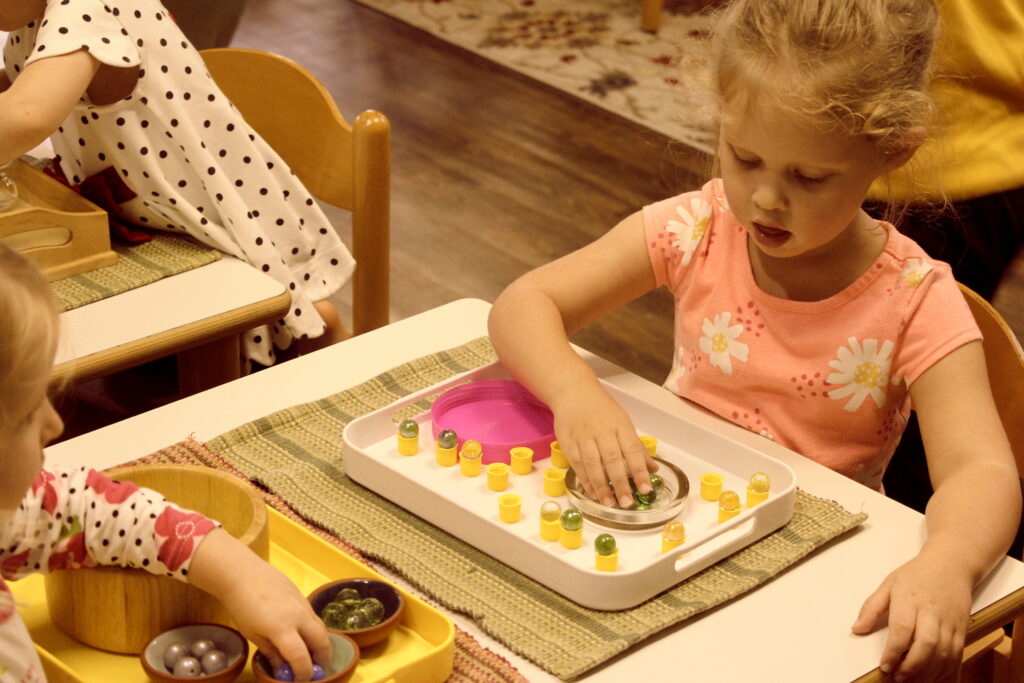

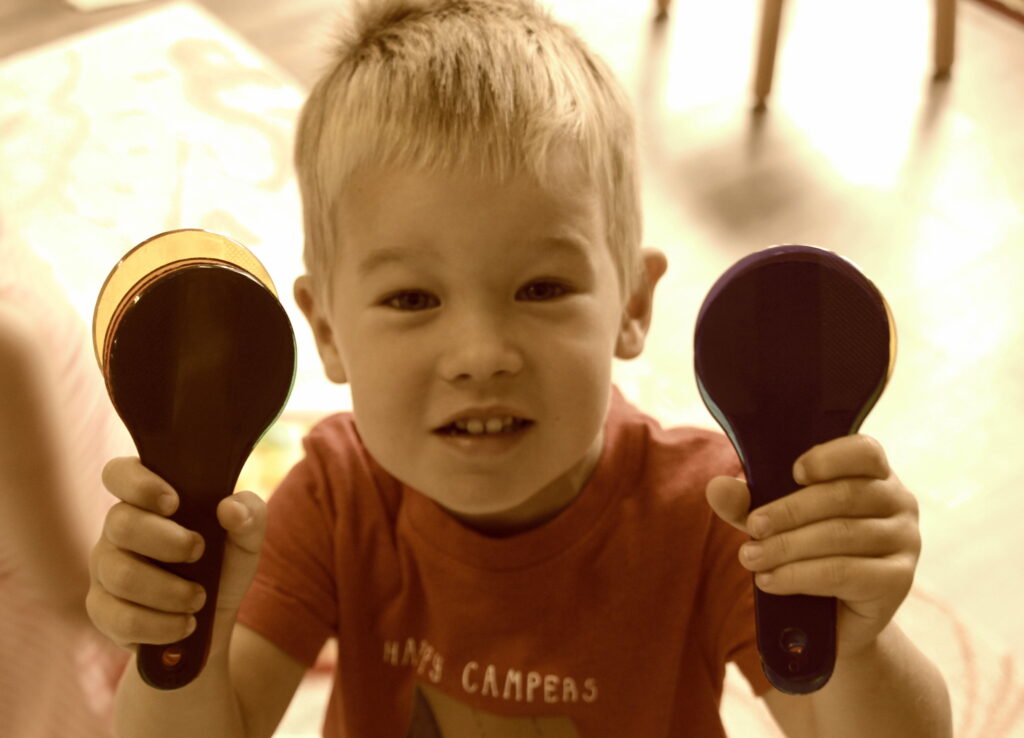



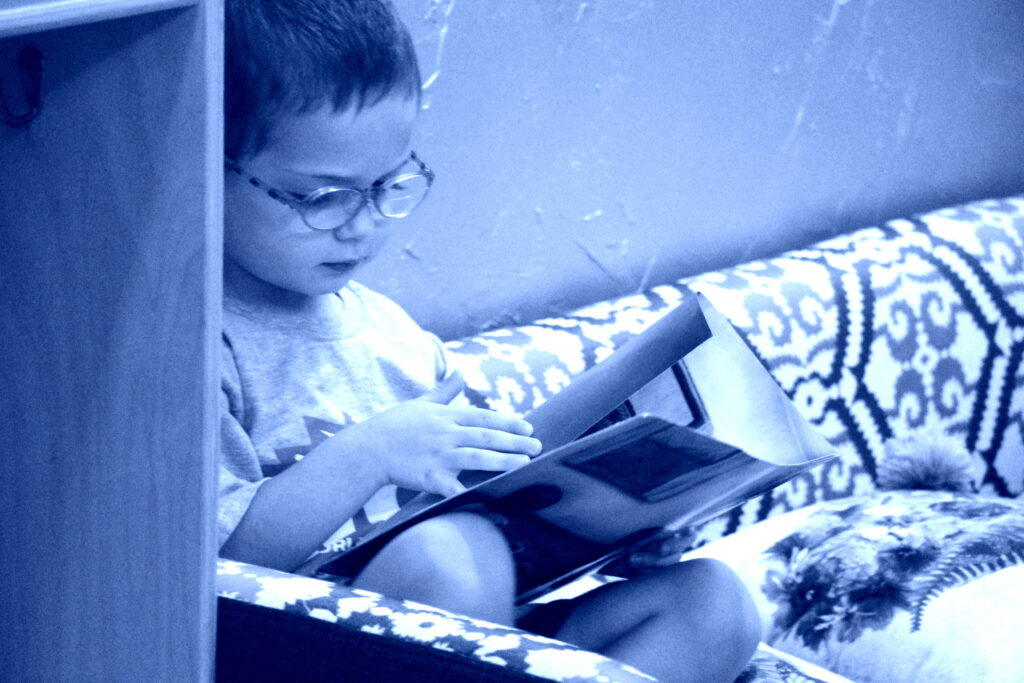
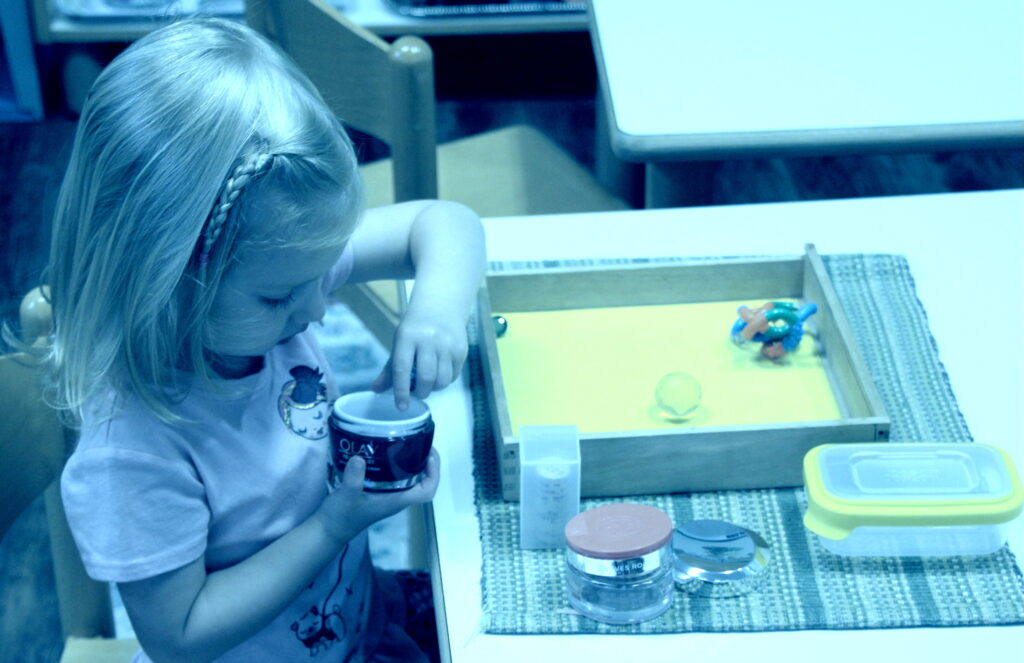


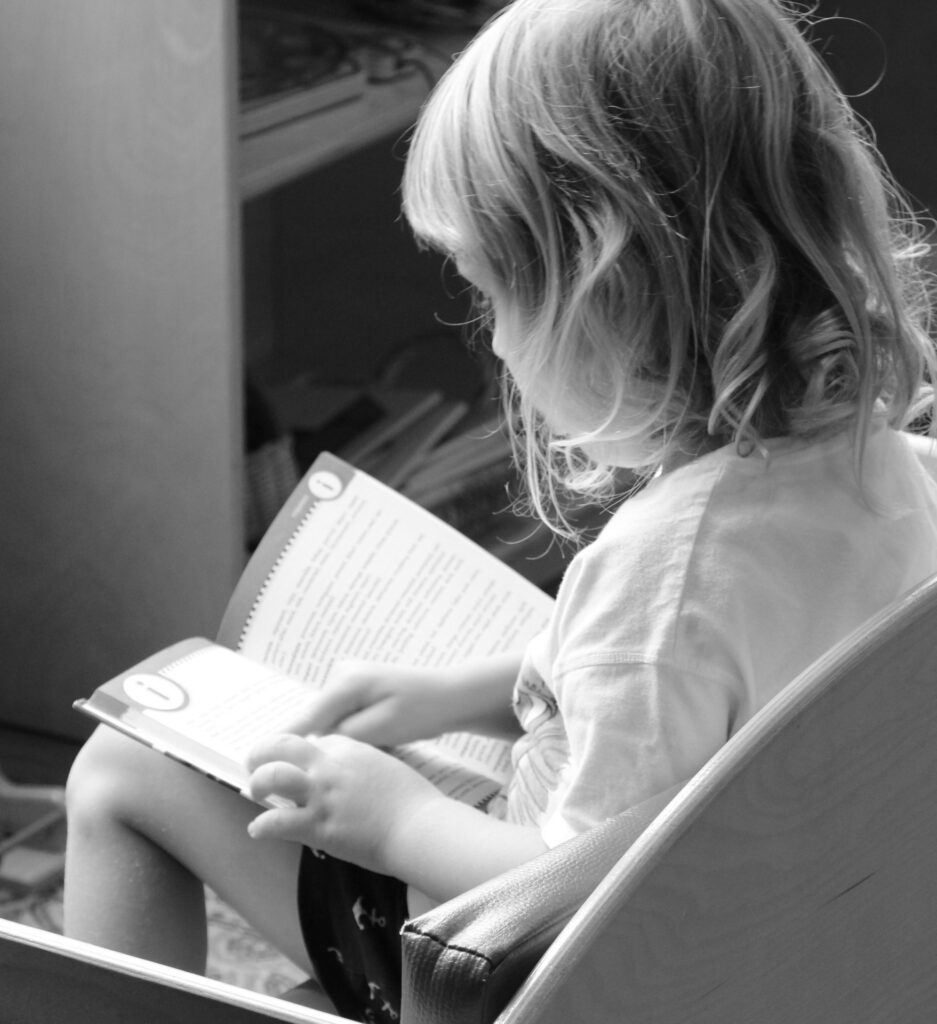

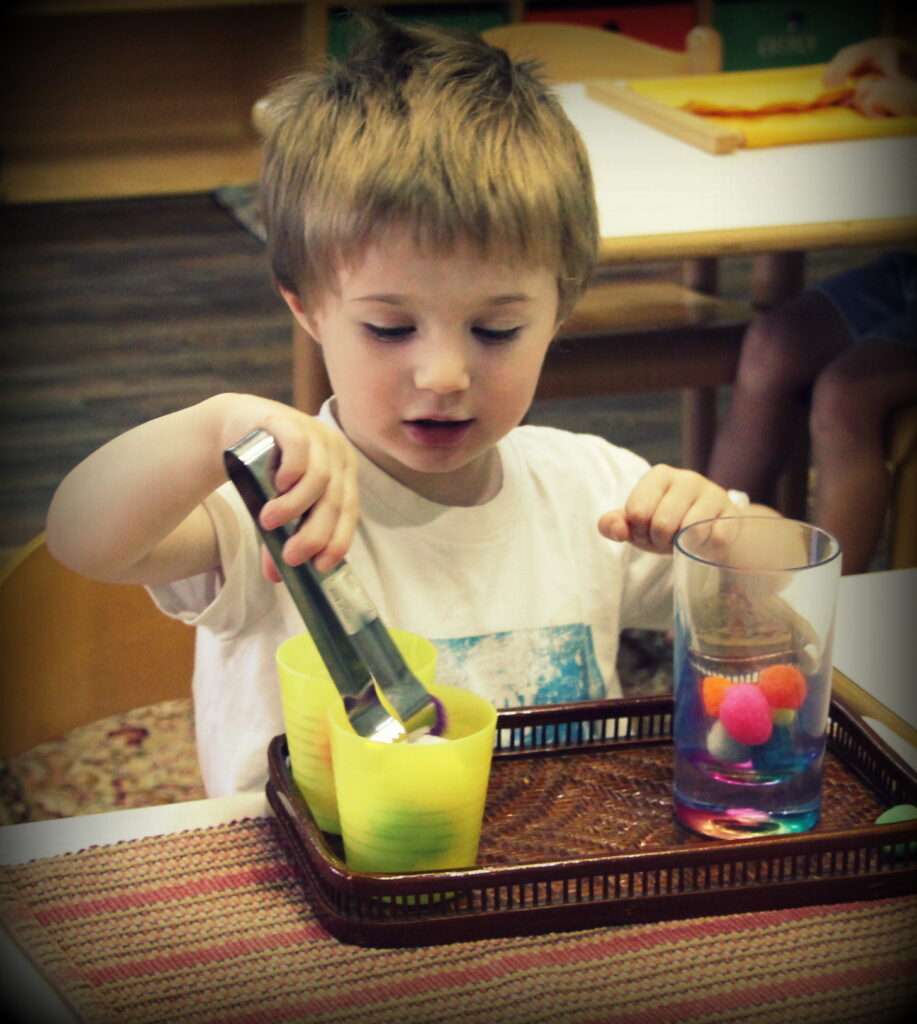


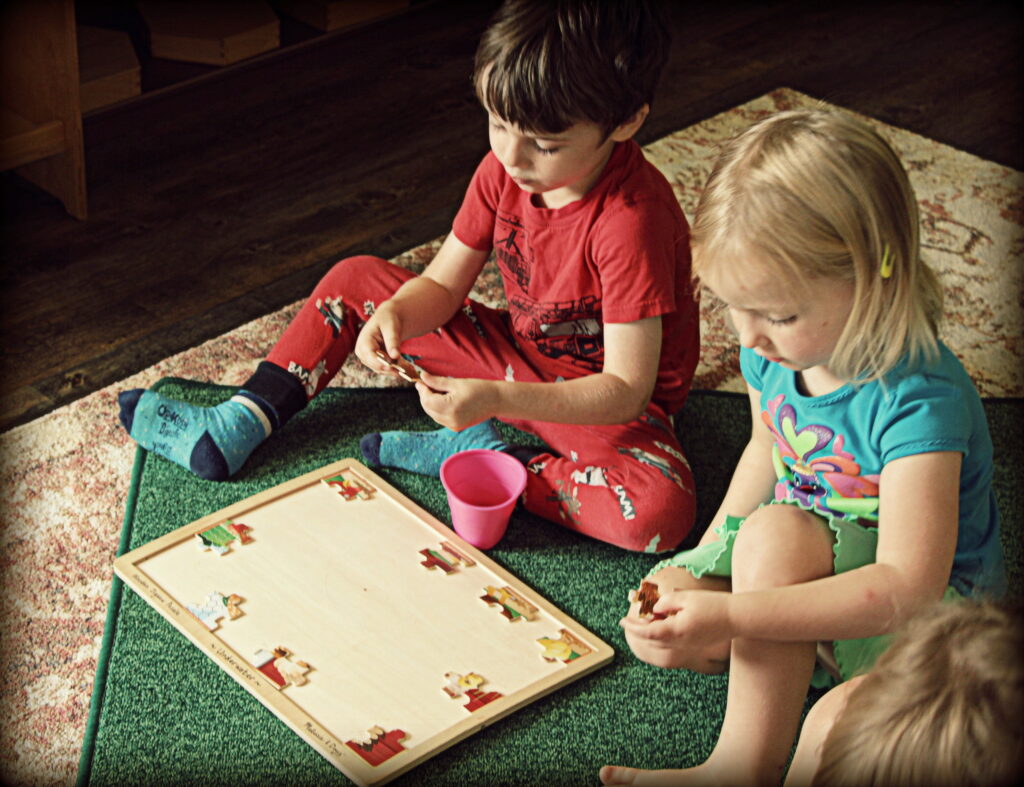




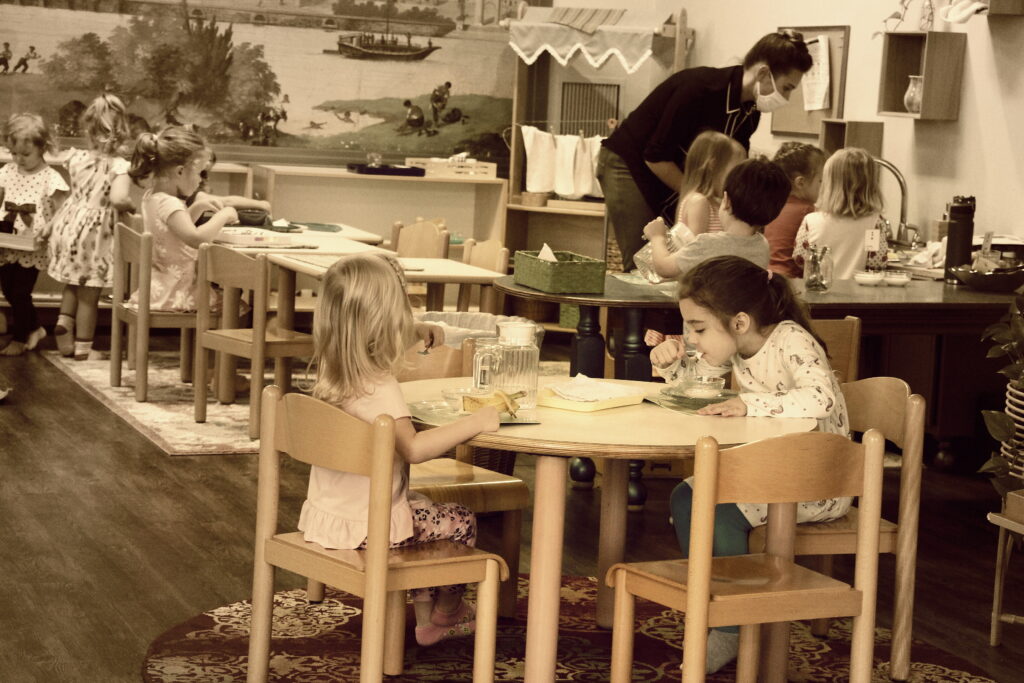



Thank you for the update! Daniel has been enjoying reviewing his language arts work with us when he brings it home. He told us his “peaceful thoughts” drawing was all about his beach memories.
Of course! I love how much he is into narratives lately in his artwork! So creative – and coming a long way with his drawing skills!
Thank you Angelique! The kids look so incredibly focused and peaceful :-).
Thanks, Asia! Yes, they really are so interested in their works right now! I love it 🙂
So many great pictures. Thanks for posting!
Absolutely! Happy to finally share an update!
Love seeing all of the pictures of Edith and feel so lucky that she has a great environment to learn, especially during these times. It was fun showing the pictures to Edith and hearing her tell stories about the works and her friends at school. Thank you to you and Ms. Lauren for all that you do! –Edith’s Dad
Thank you always!!! Agreed!!
We love this update. Thank you so much for posting. Ozzy has definitely integrated “maybe later” into his vocabulary at home, too 😀
Glad you appreciated the update! Sounds like Ozzy has learned to use the term in different scenarios lol! Cute 🙂
Thank you so much for the descriptions and pictures letting us all in on the school days. We do get some details from Maura each day and insights based on her new phrases, letters, and skills (drawing straight lines!) that appear at home. But it’s also just so nice to get to see it. I also love that you have the picture of Maura and Coco building that tower. Maura was very proud of that work!
You’re so welcome. Maura loves working with peers, and building that tower was definitely a precious moment! Glad you’re getting some feedback from her at home, along with seeing some new abilities. Drawing lines is a huge milestone!
It is such a cute photo! 🙂
– Coco Simone’s Mom
Each lesson is amazing, and each student reflects a love for learning.
Thank you!! Yes, they really do!
Excellent. A very thorough presentation. It seems that the children are having fun while learning.
Mary & Jim.
Thanks so much for checking in! Yes, learning truly is very fun and exploratory in Montessori 🙂
Oh! Now I recognize the new obsession with binoculars and definitely have heard some “Maybe laters!” with such a happy tone. Donuts? Maybe later! Thank you for the update and pictures!- Theo’s Mama
You’re very welcome! Lol, Theo is so sweet! Yes, we do have a lot of interesting lenses to look through such as binoculars, magnifying glasses, and color paddles 🙂
It’s always so much fun to see what the kids are up to! Thanks so much for sharing.
Thanks always for checking in!
These are beautiful pictures of the children learning and playing. Thank you for the vivid explanation into the daily classroom life, I often wonder what my little one has learned that day and sometimes can get a little insight in what she shares with me after school. I have noticed her communication skills related to her emotions have been improving, she tells me when she feels badly and tells me what I might have done to make her feel that way! She said to me the other night – I want to talk about this! I couldn’t believe how mature an almost 3yr old could be and know it’s coming from Indigo! She’s also enjoying lining up toys in a nice clean row! Thank you for being such a great place for growing. xoxo
Glad this was helpful! Wow, I’m so happy to hear you are seeing her practice her skills at home! And to be using her words and feeling comfortable with talking about her feelings – love it! And thank you for sharing as well!
Thank you for this fantastic and thorough update! I liked what you said at the top about order and structure. Could you share a bit more about the presentations on order, and any tips on how to incorporate more order at home? 😉
Warmly,
Tom’s mom, Liz
Hi Liz! Thanks for your interest in learning more about order! We first try to build an appreciation in order by teaching about ground rules and offering reasons for the rules. For example, showing an image of a clean room vs. a messy room helps children appreciate the beauty and peace found in a clean room as they point out the dangers in the messy room. Children are beginning to recognize order for reading as we present many steps from left to right in a number of areas. Just a side note – from a teacher’s standpoint, we learn to present everything on our rug upside down and from our right to left so that children across from us see the material right side up (and presented from their left to right). We also present order in a variety of ways such as organizing materials through columns, rows, sorting, categorizing and organizing materials throughout the classroom. I could go on and on, but it might be helpful to see some of our presentations for yourself (and anyone else who is interested). Check out our Flipgrid site from last school year as we gave many lessons in the classroom during the first phase of COVID-19. Finding order in the home can start with presenting toys by theme and in narrative form, since learning to narrate is a natural way to begin sequencing events.
I have a video just for parents that can also be found at the bottom of the “topics list” on Flipgrid, and you might get some new ideas on how to present toys as well. I recorded this many months ago, but the practice is still accurate for my home. I hope to make another follow-up video soon with additional ideas. Go to flipgrid.com/indigoprimary while signed into a Google or Microsoft account. Type in the password Indigo345
I hope this is helpful!
Thank you for posting these photos and narratives, Angelique! It’s so nice to see the kids interacting in their school environment. Graham is very tight-lipped about what happens at school, so it’s good to see that he’s not just lounging in the cozy corner all day 🙂 We really appreciate everything you and the other teachers are doing for Graham (and Owen in the baby room!)
Thank you so much for the support, and you’re so welcome! Glad this is helpful – you definitely don’t have to worry about Graham spending his days in the cozy corner lol. He’s definitely making his rounds!
Thank you Angelique! Loved the video and your home set up! We have some opportunities for more order in our house and I can’t wait to take your lead on it 😉
Glad it was helpful! When the windows of opportunity open up, feel free to reach out and ask questions if anything comes up along the way!